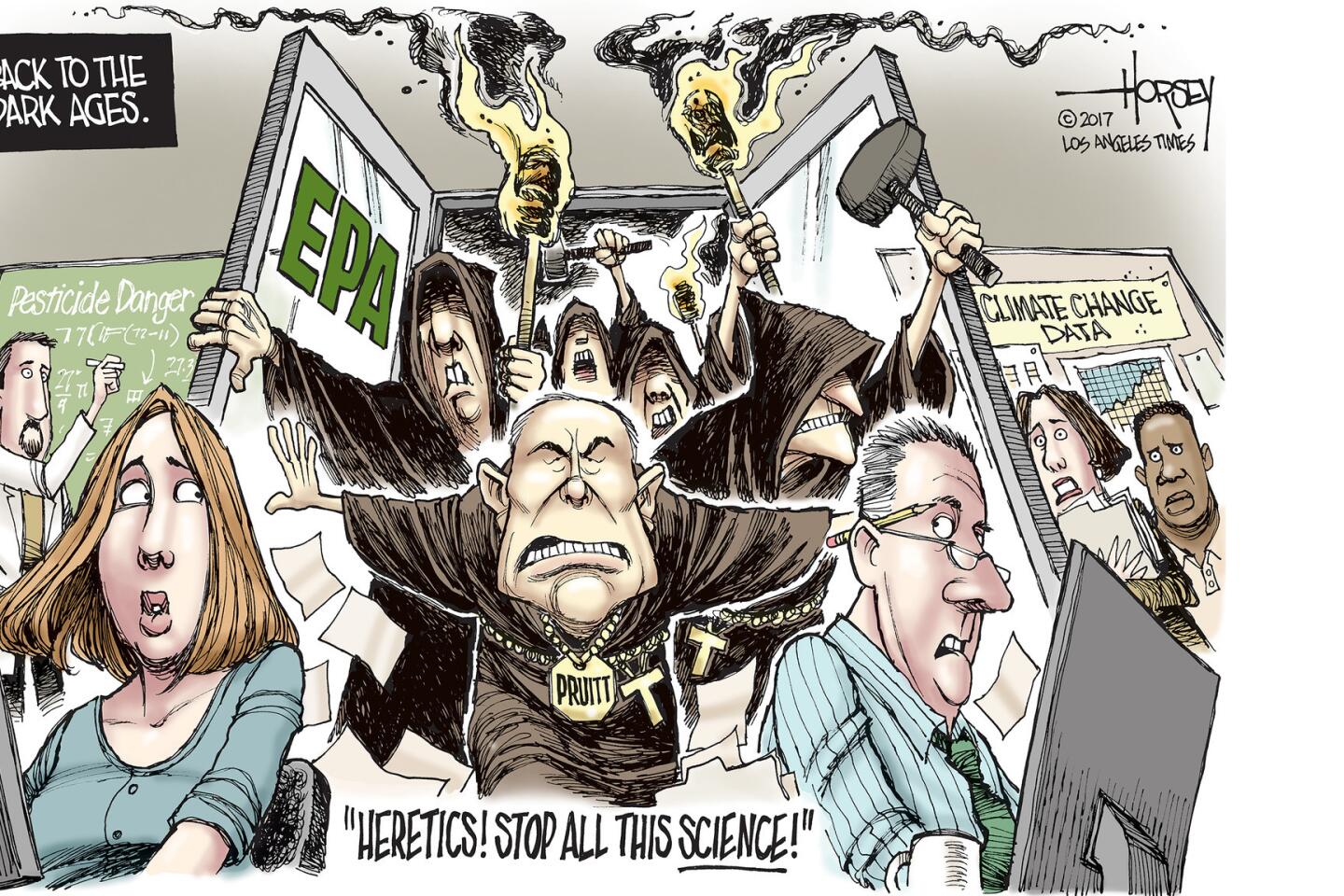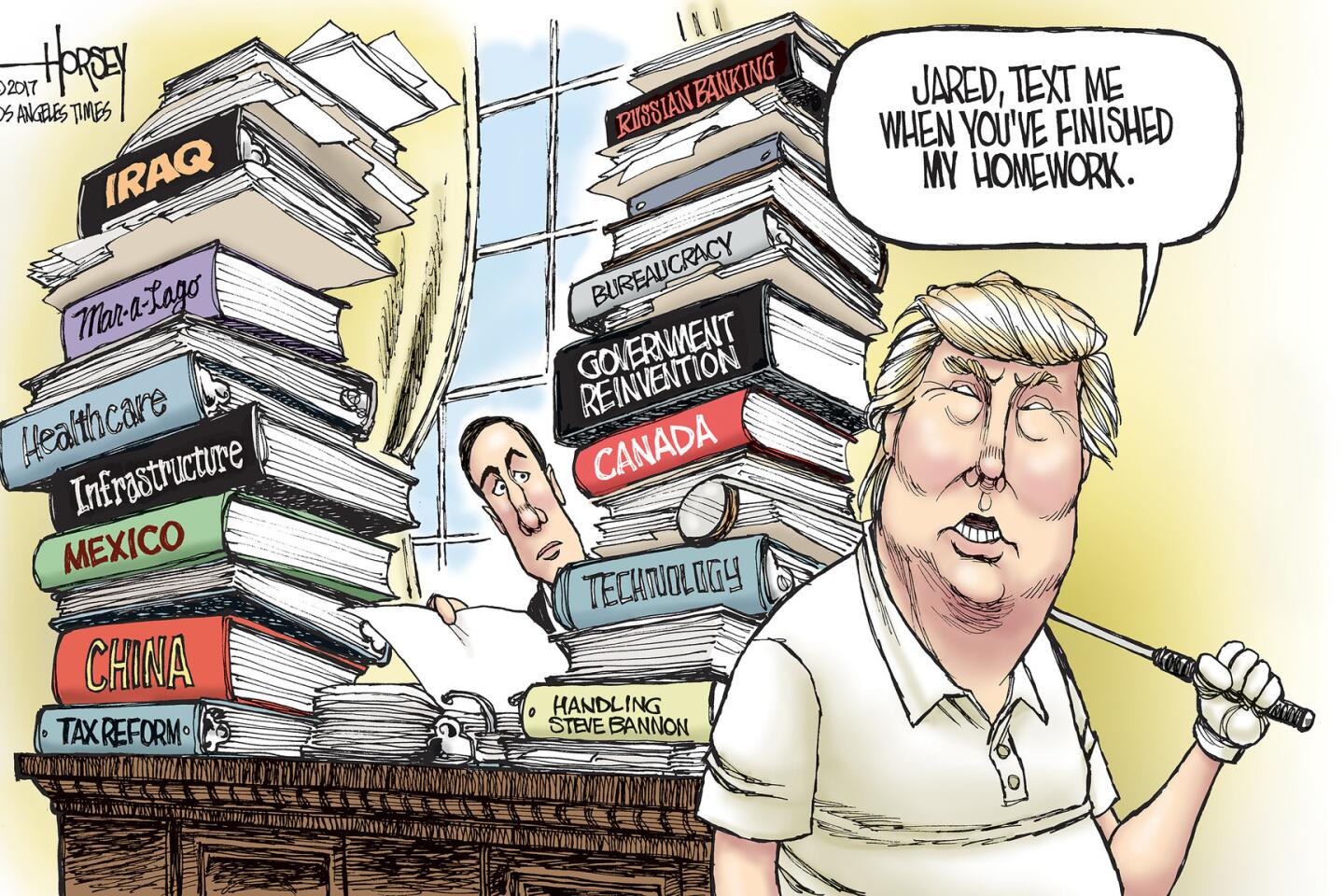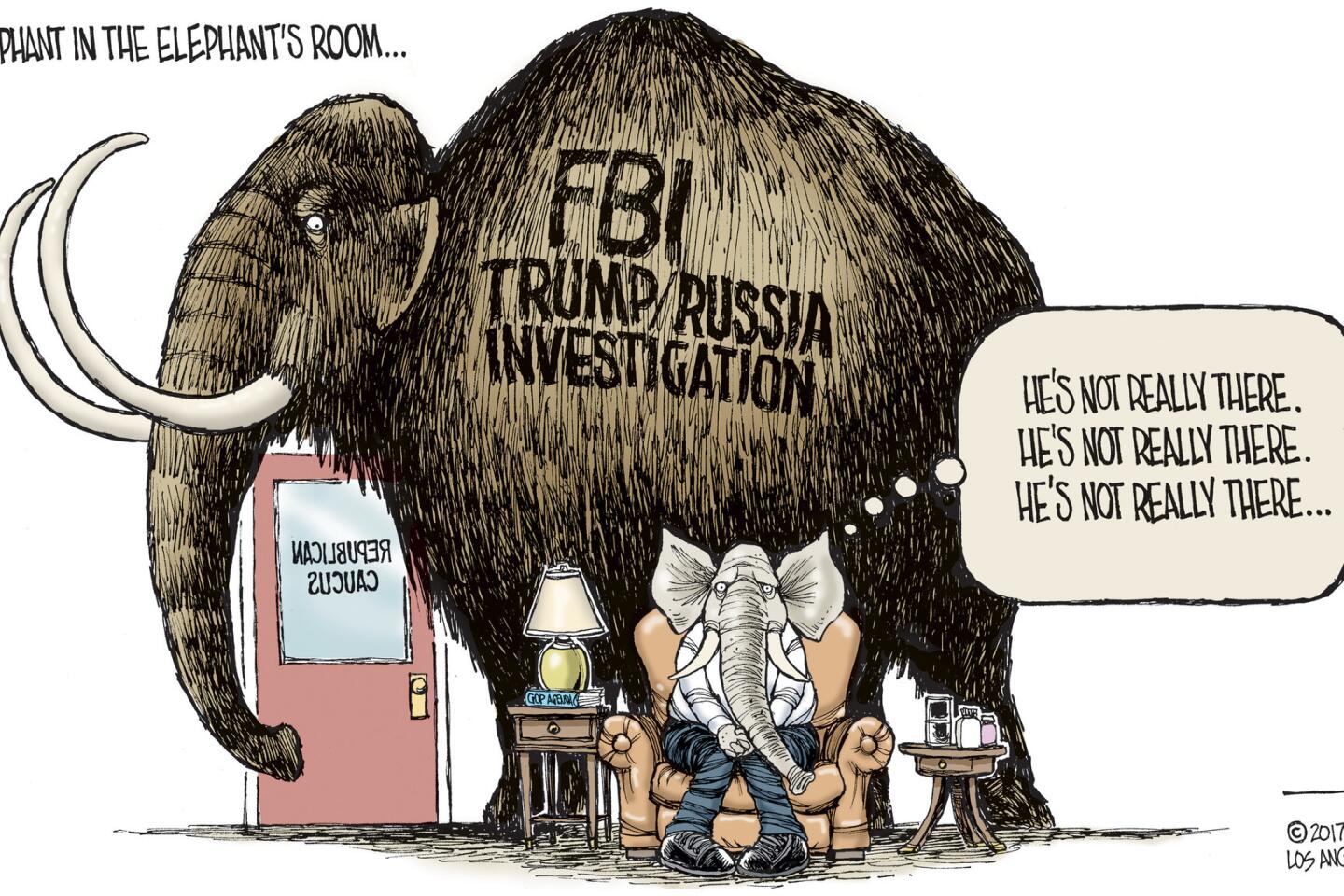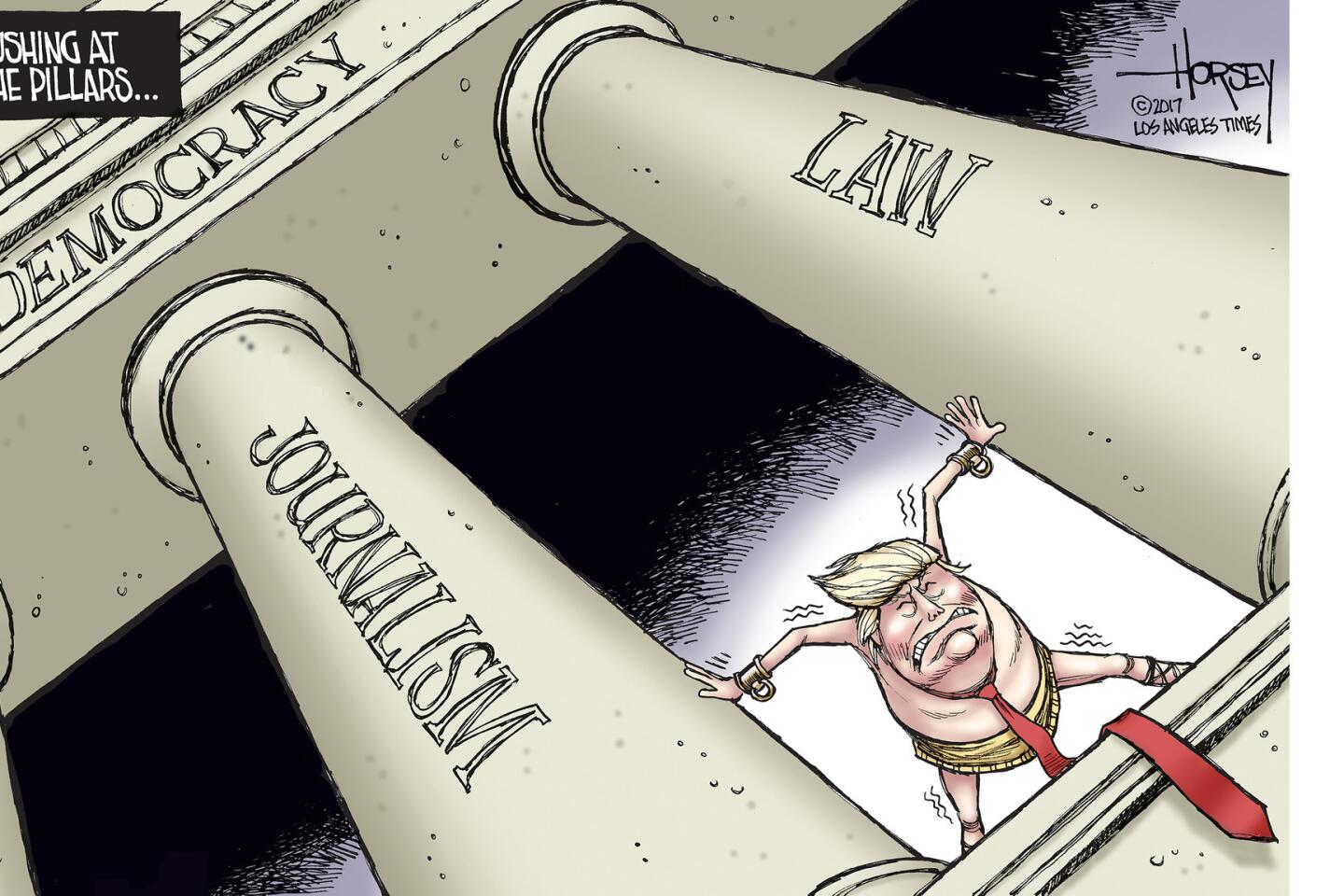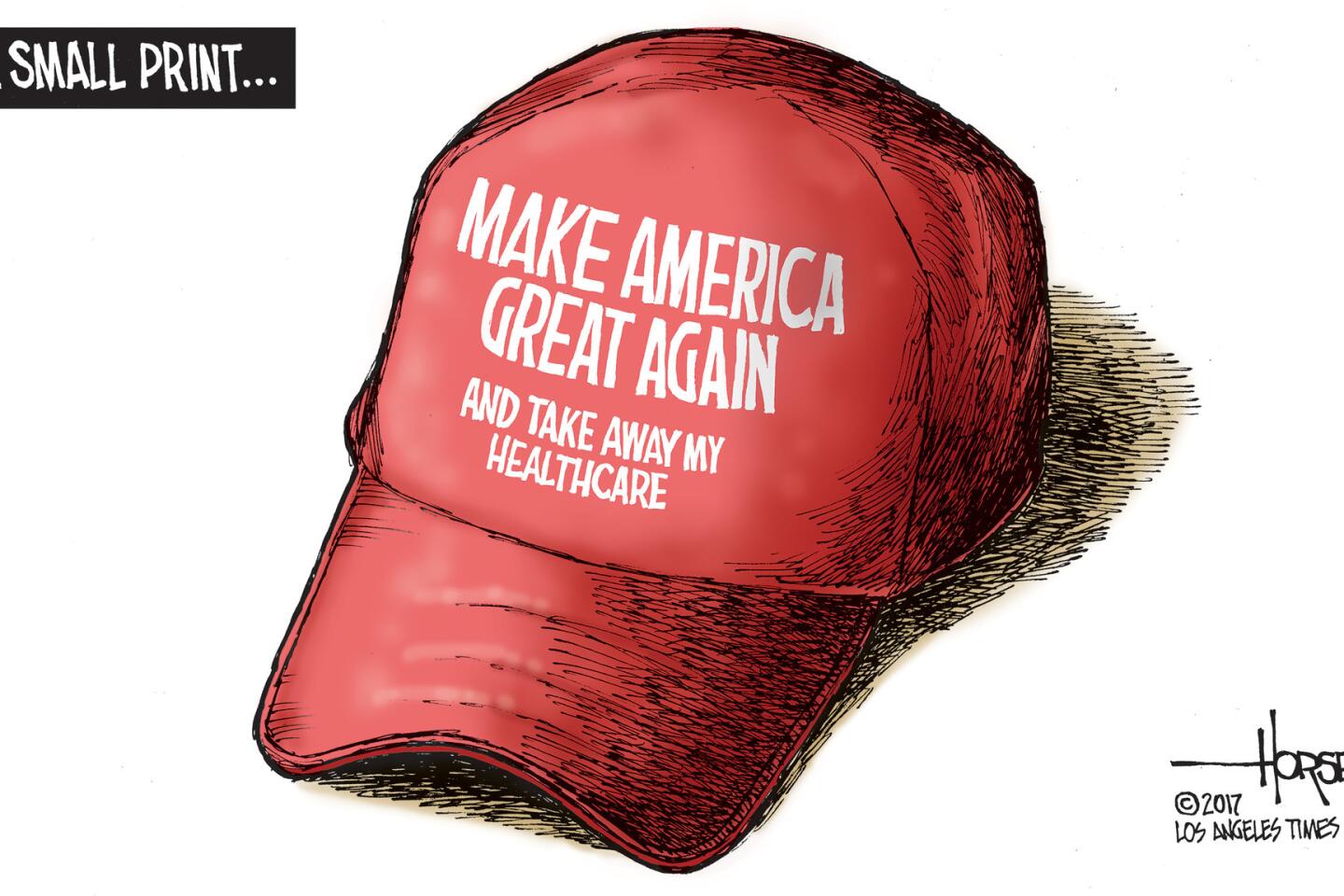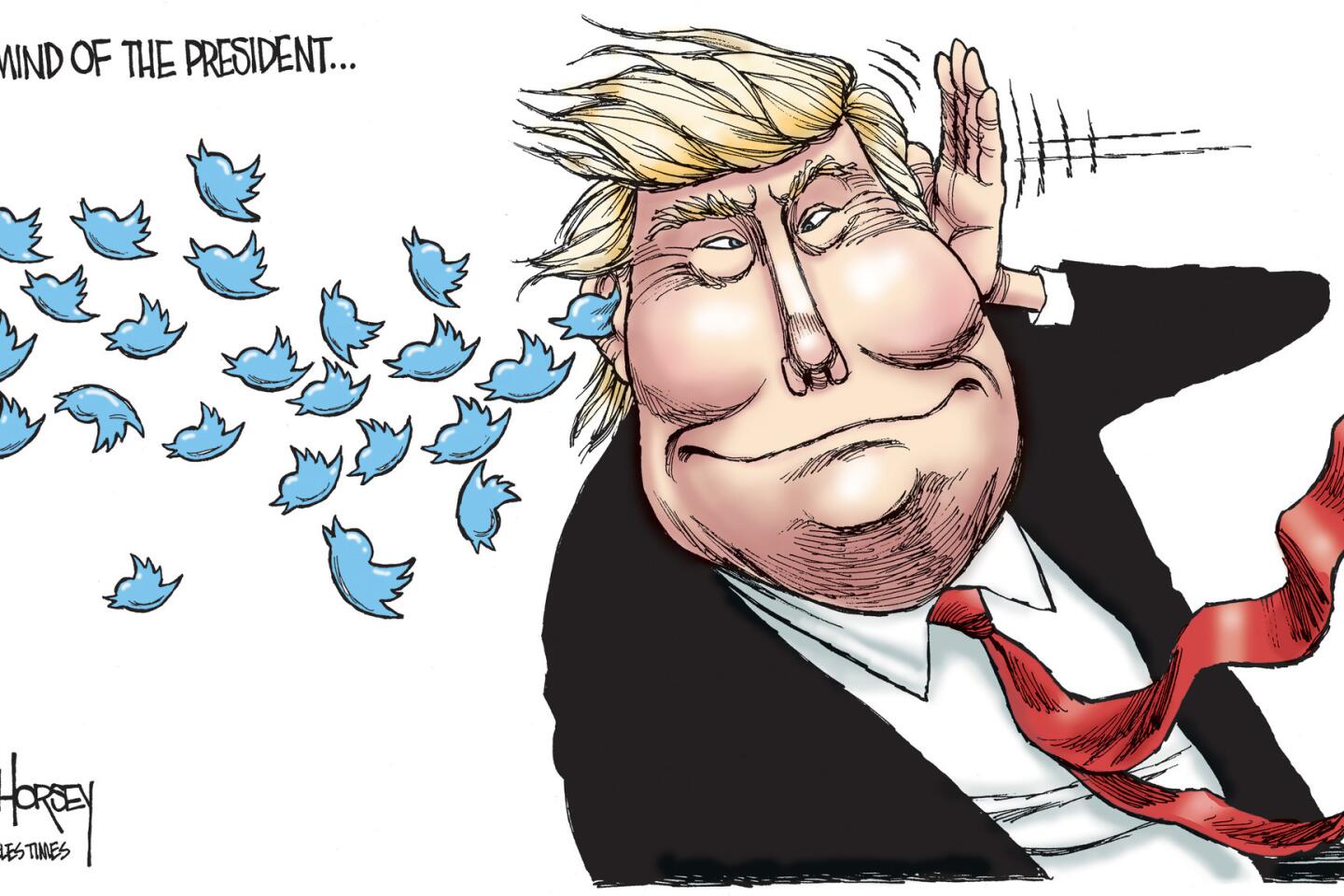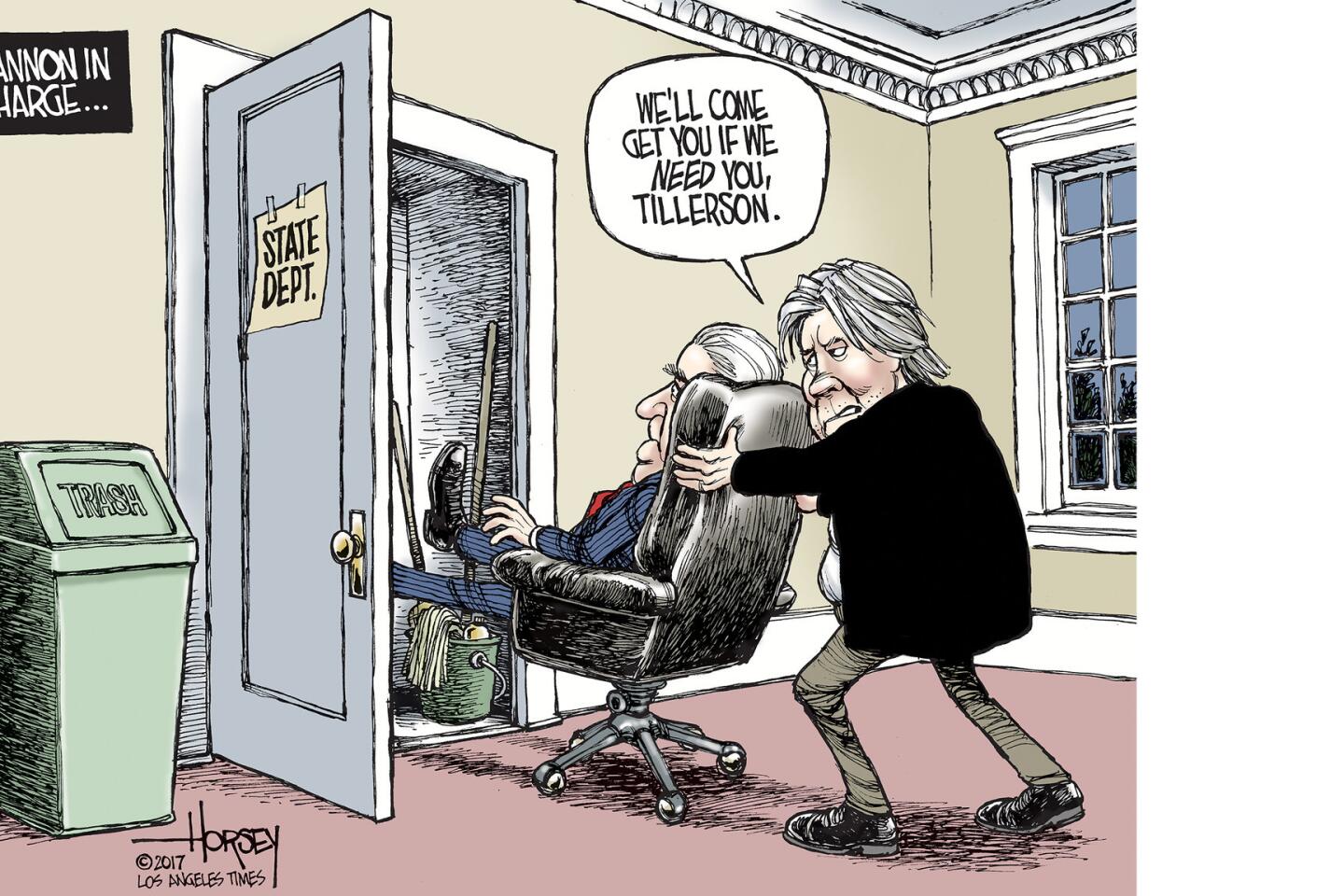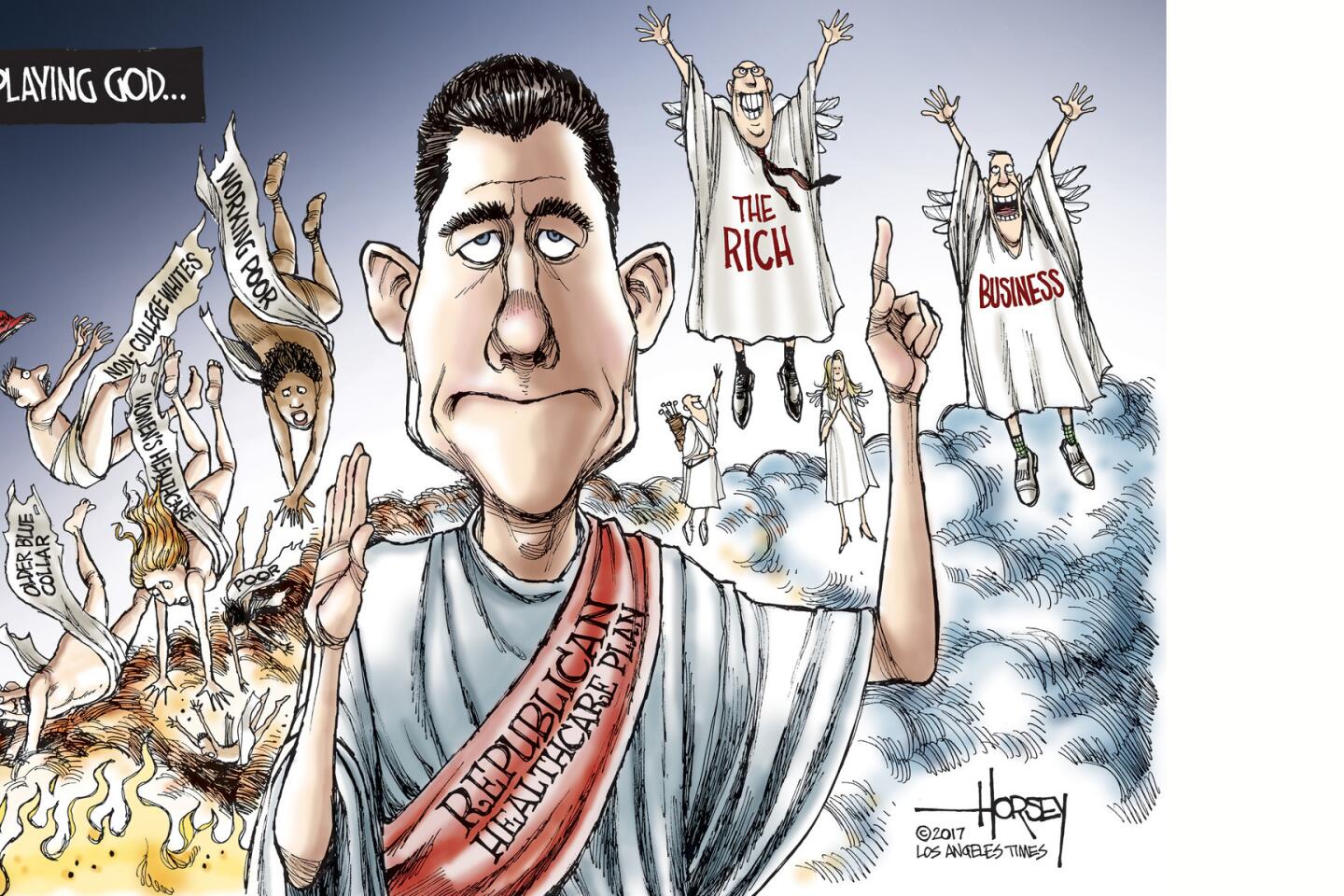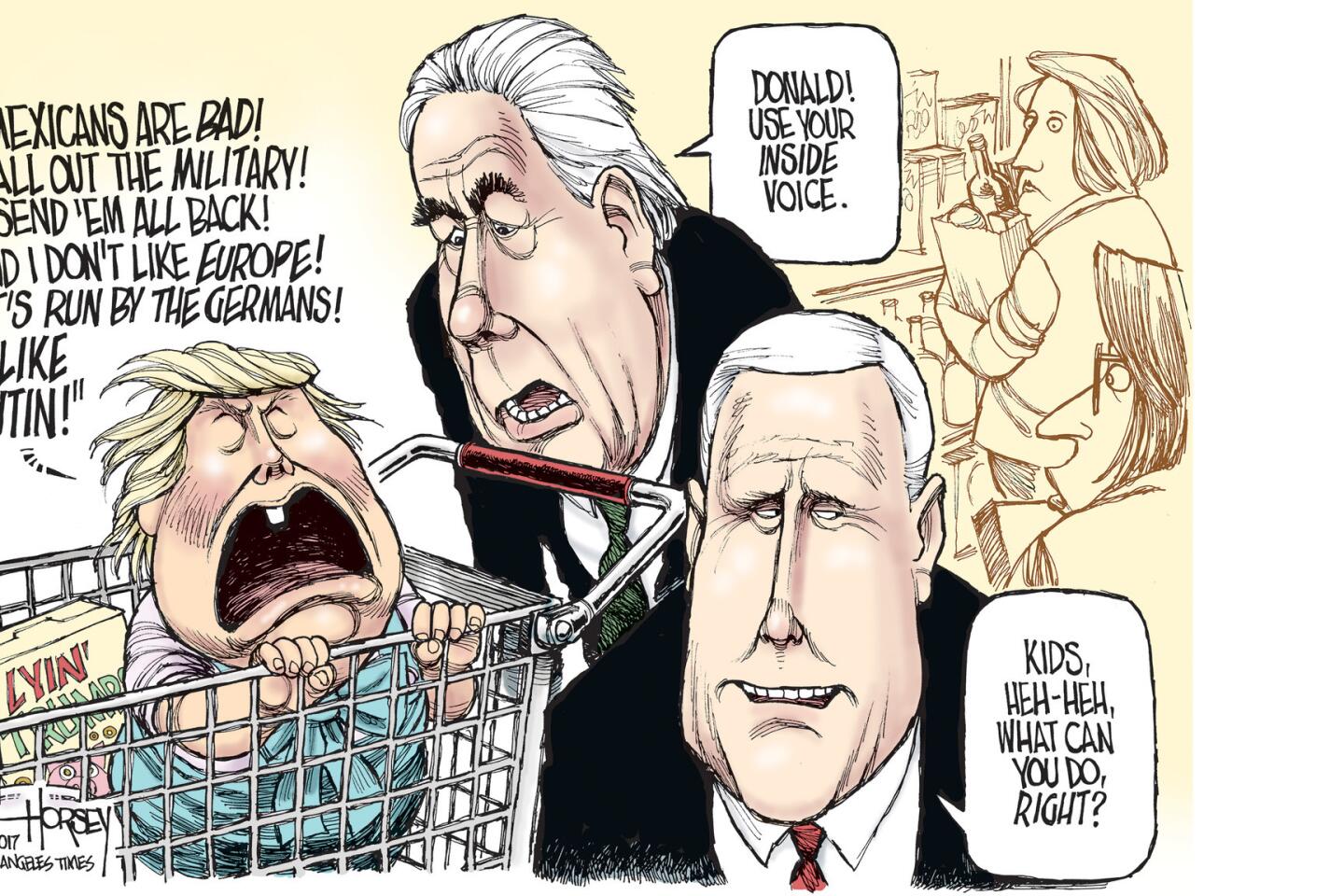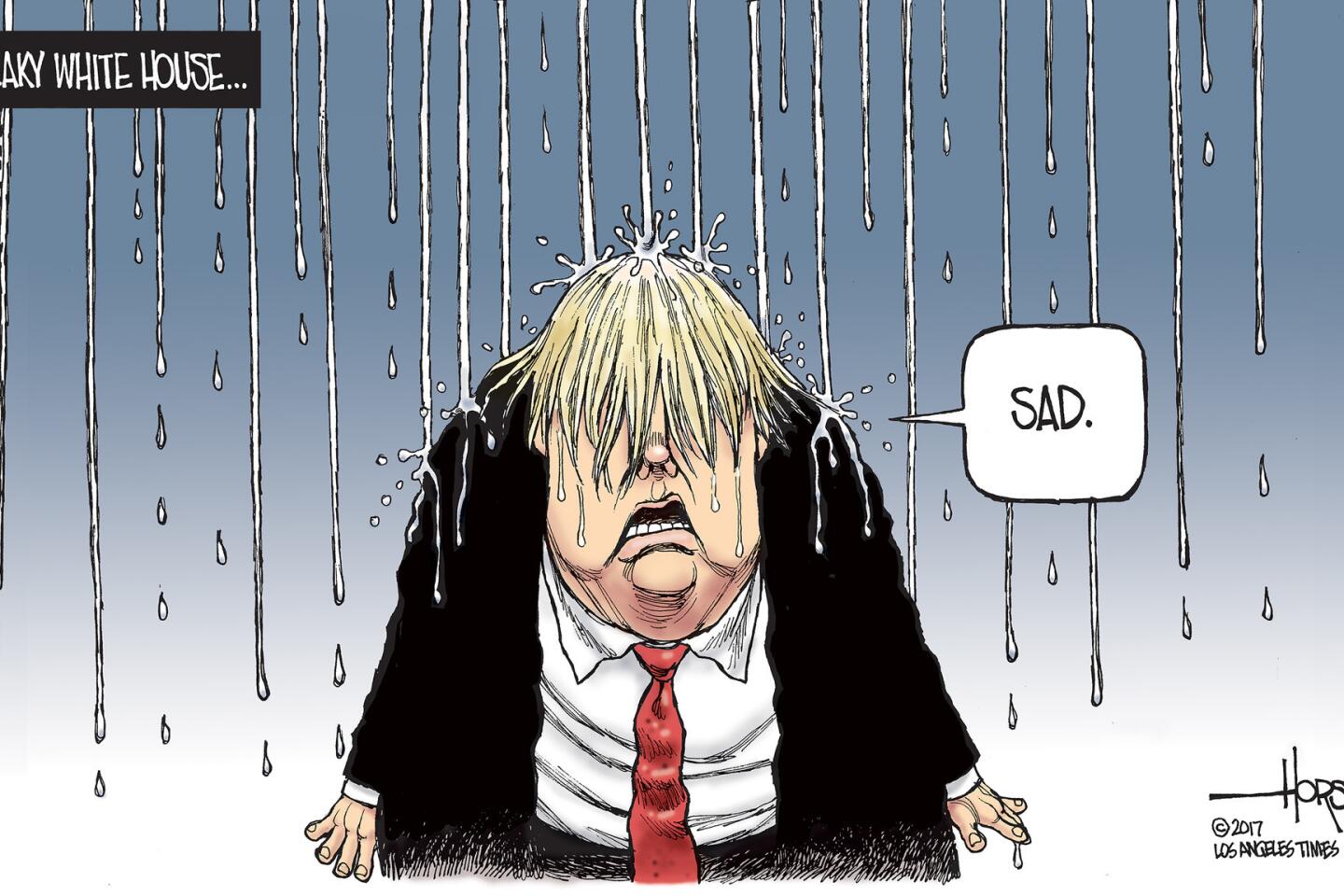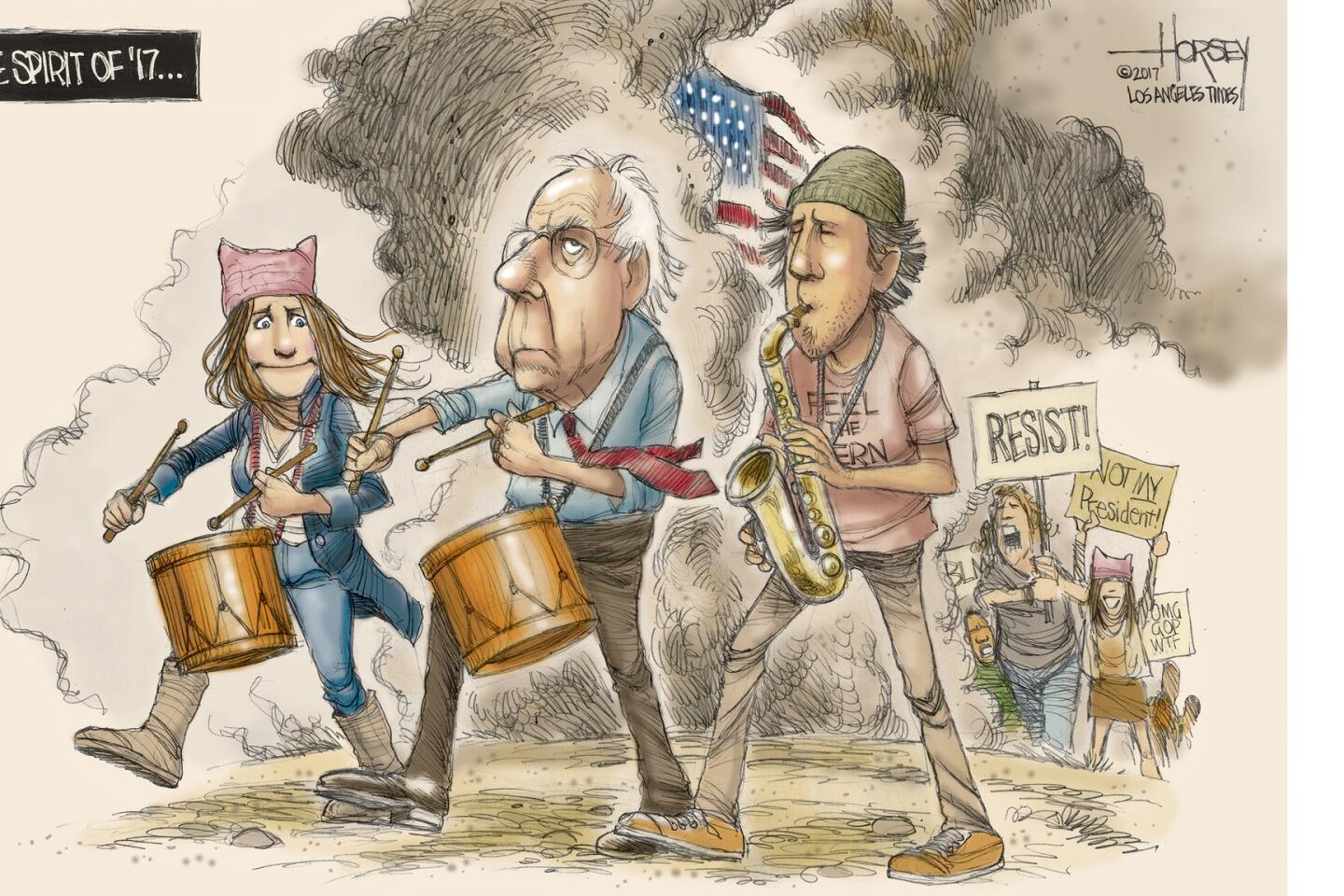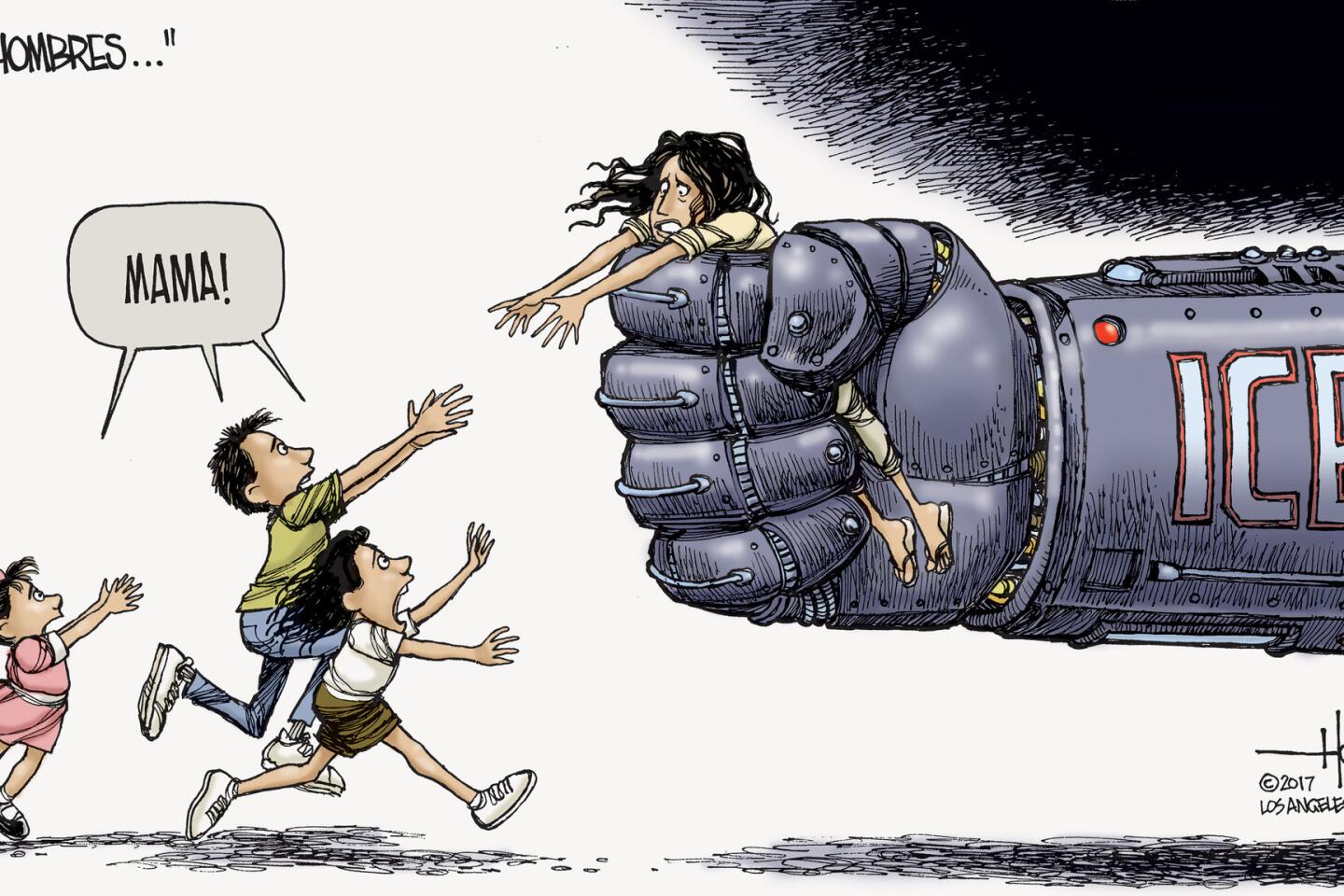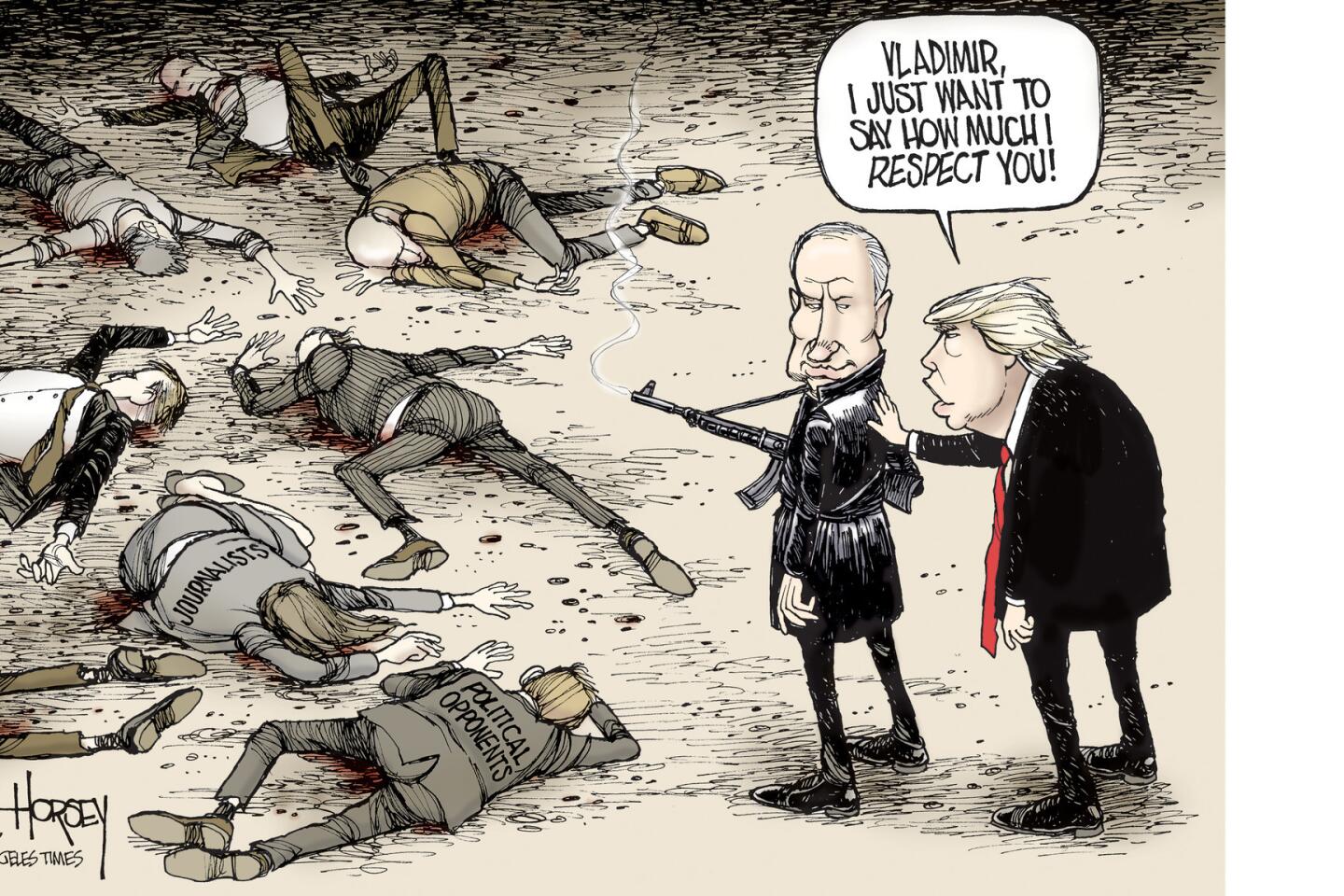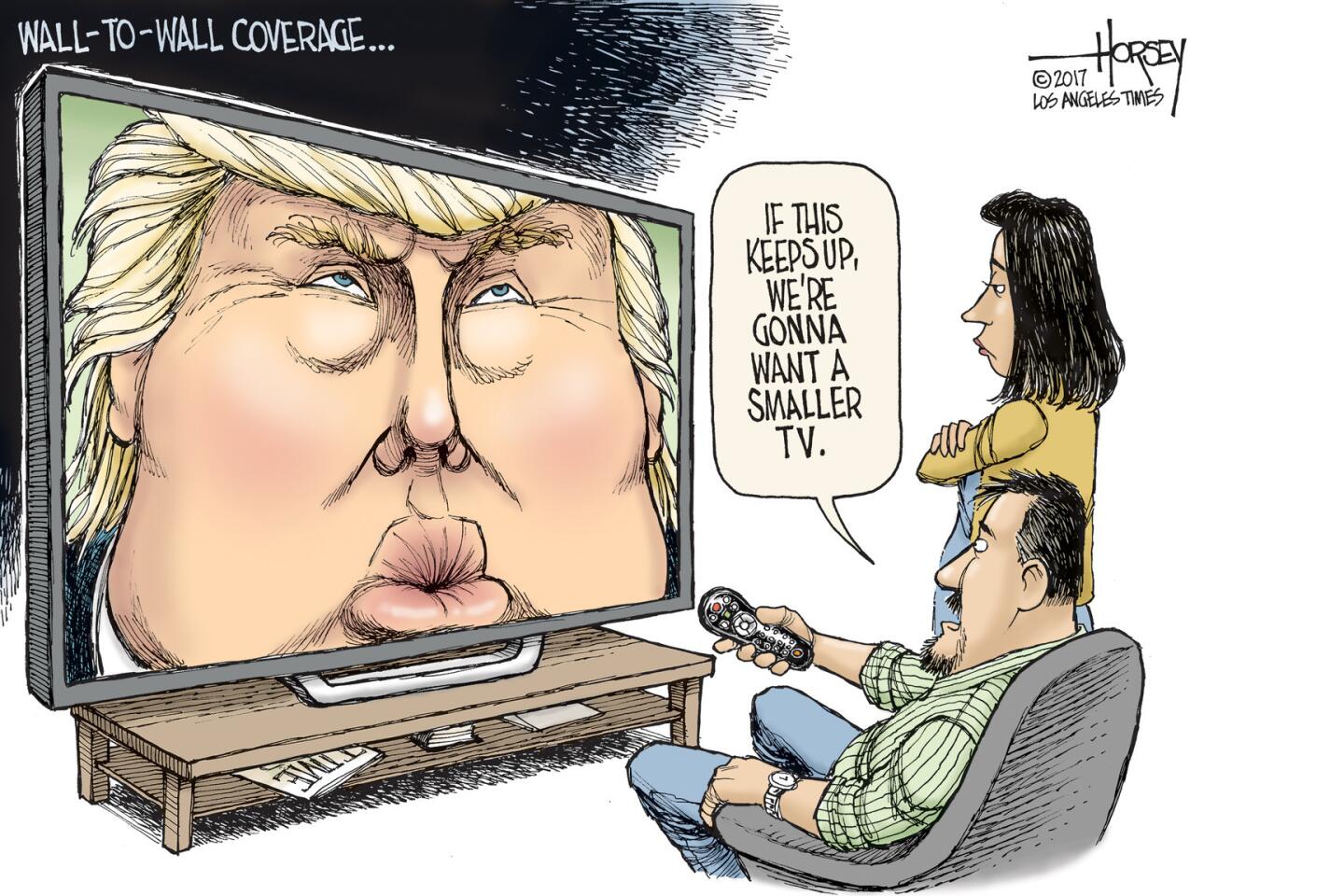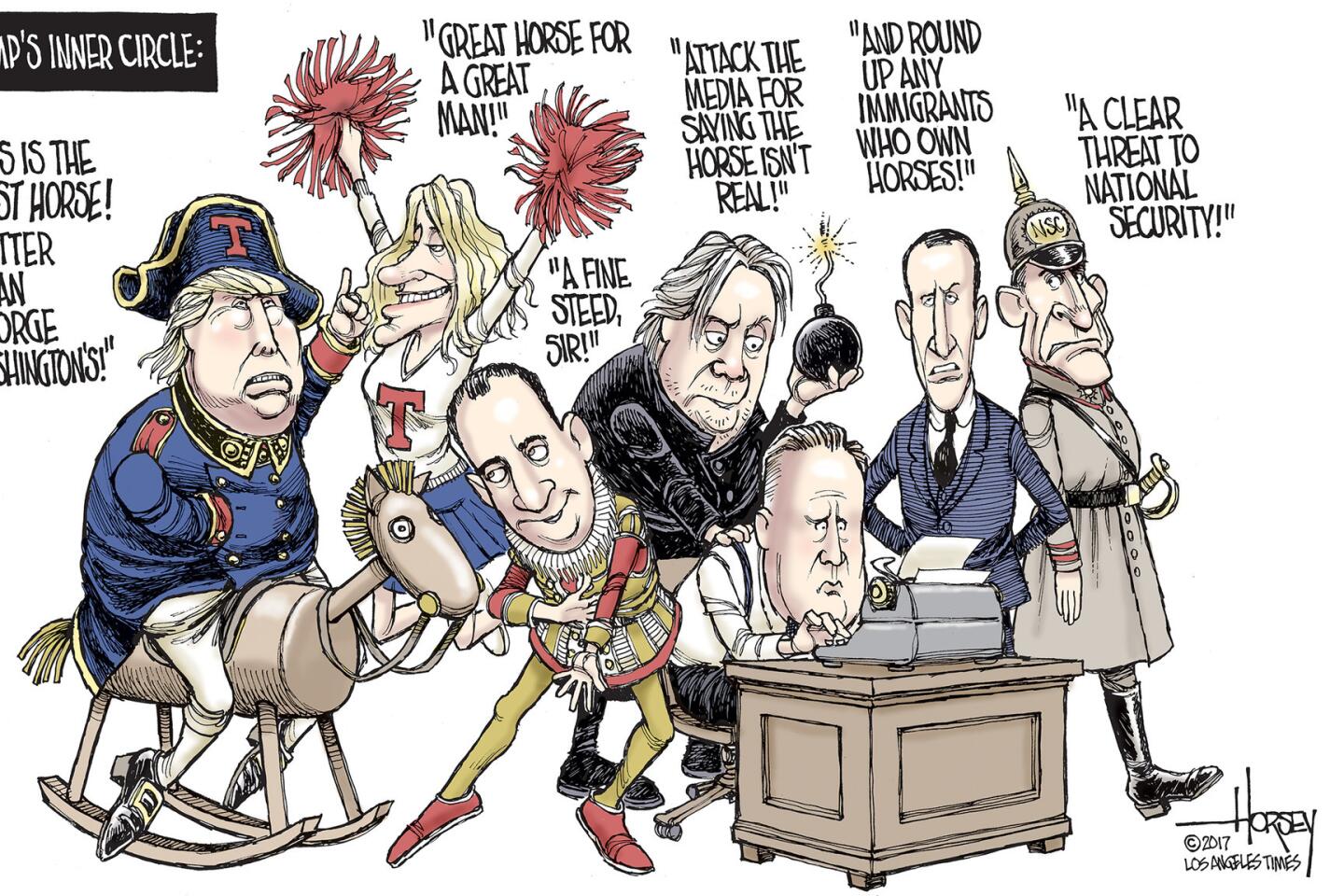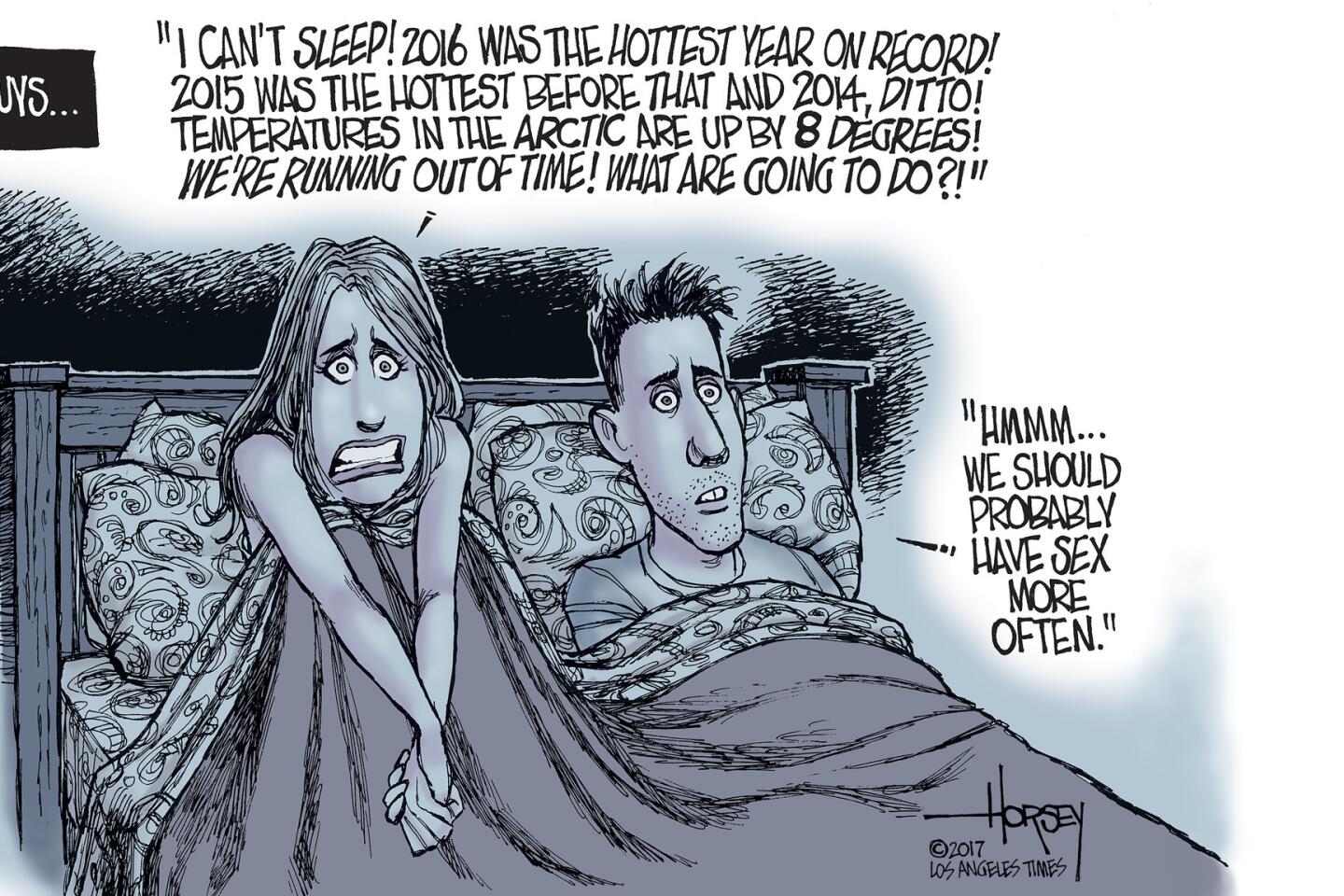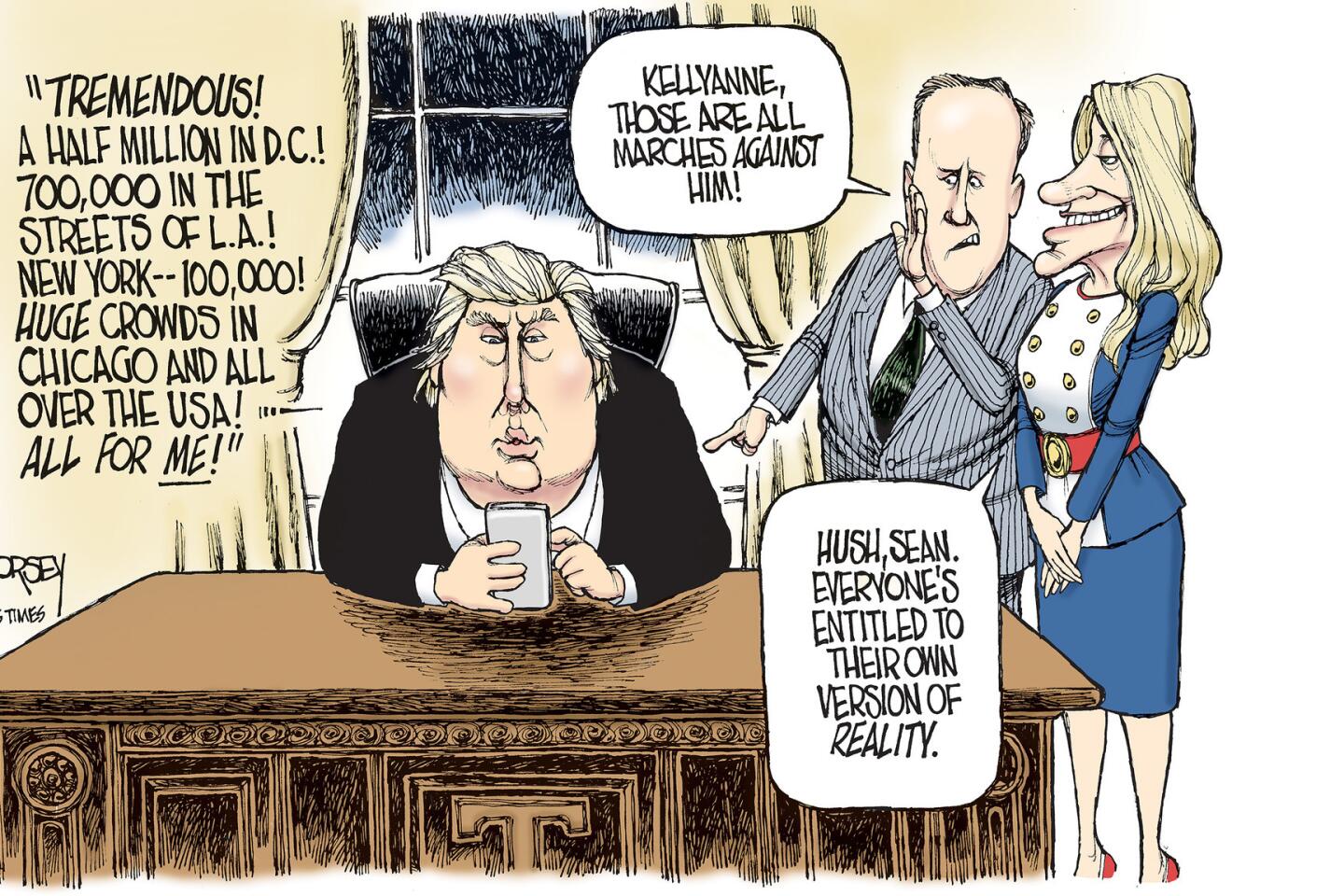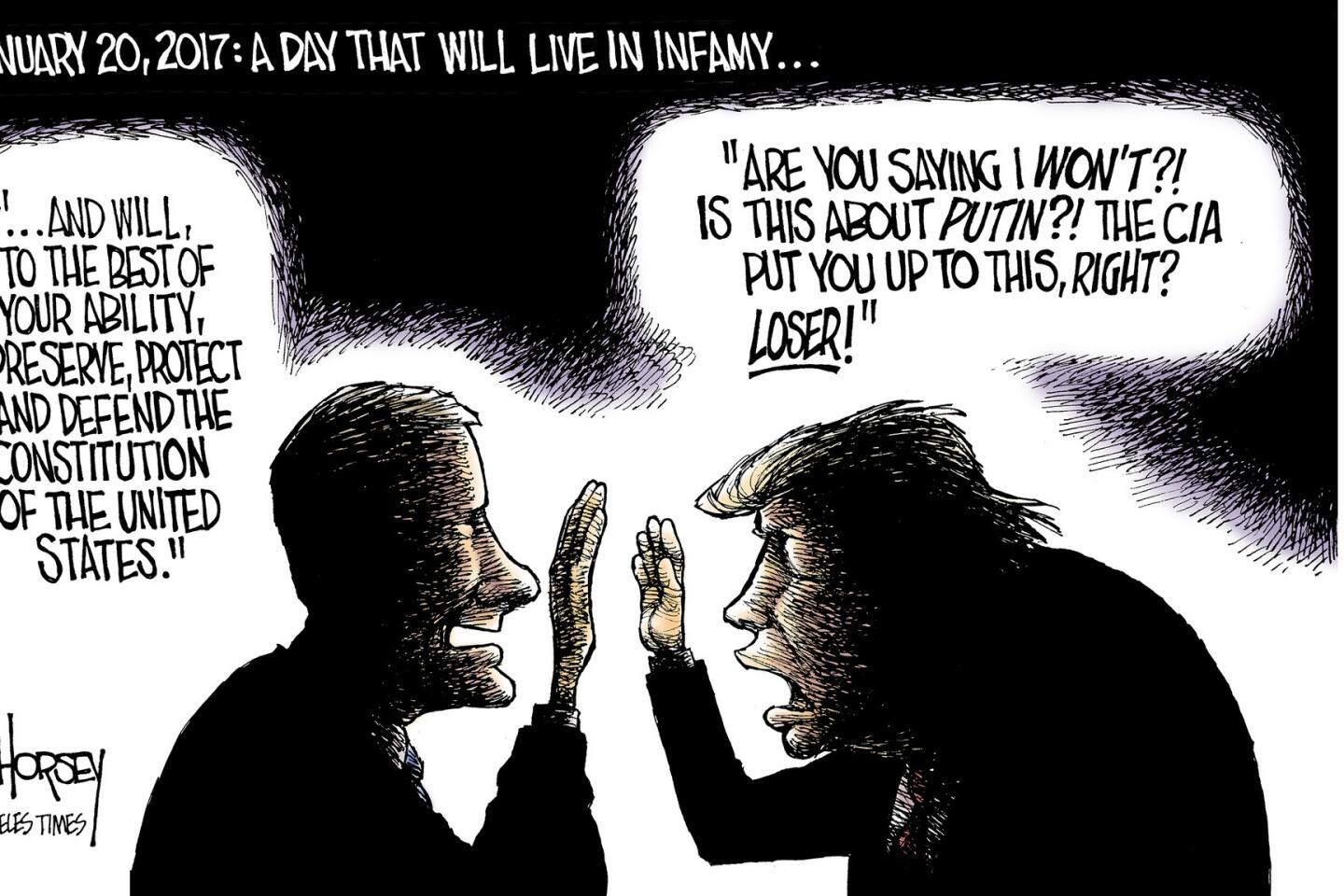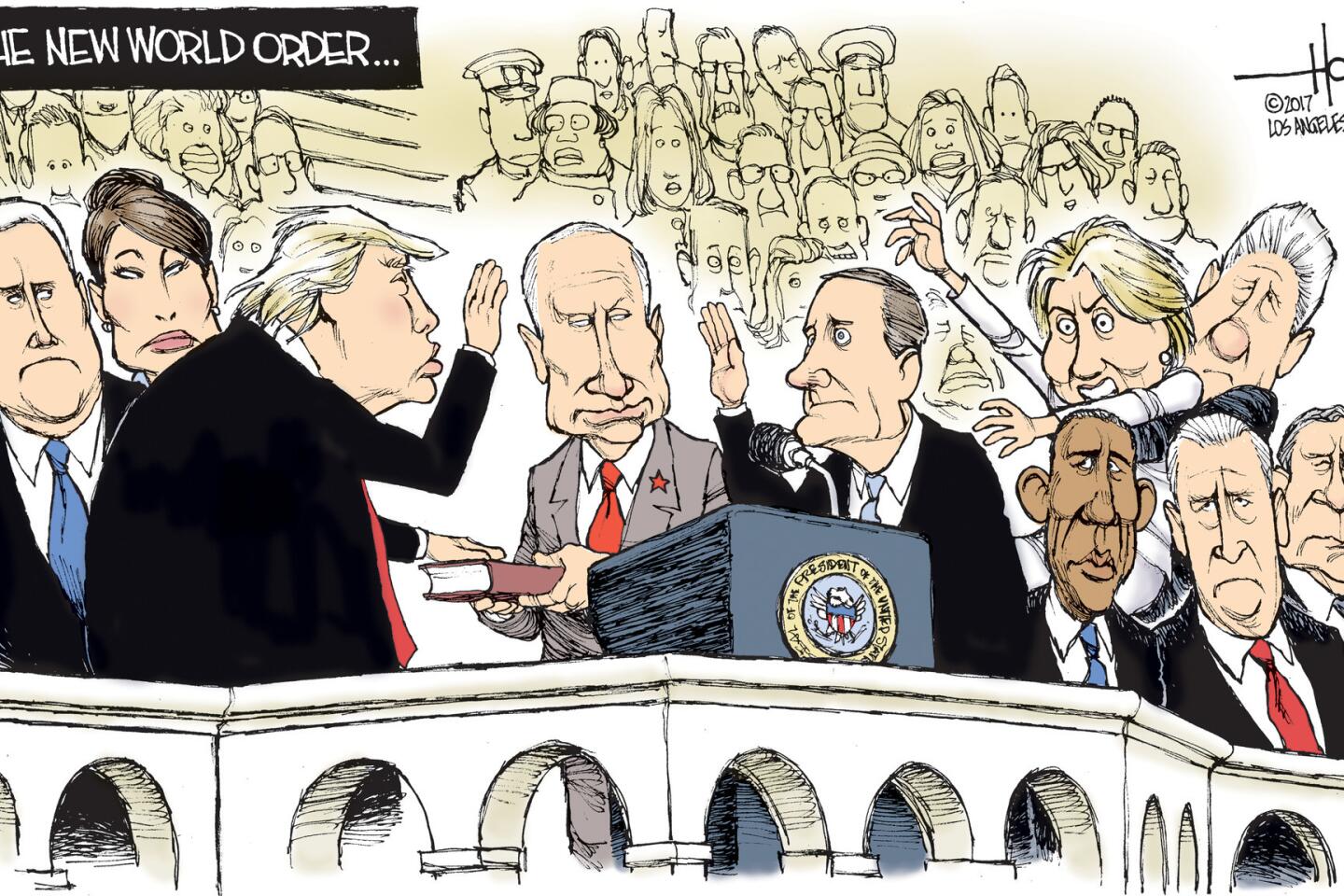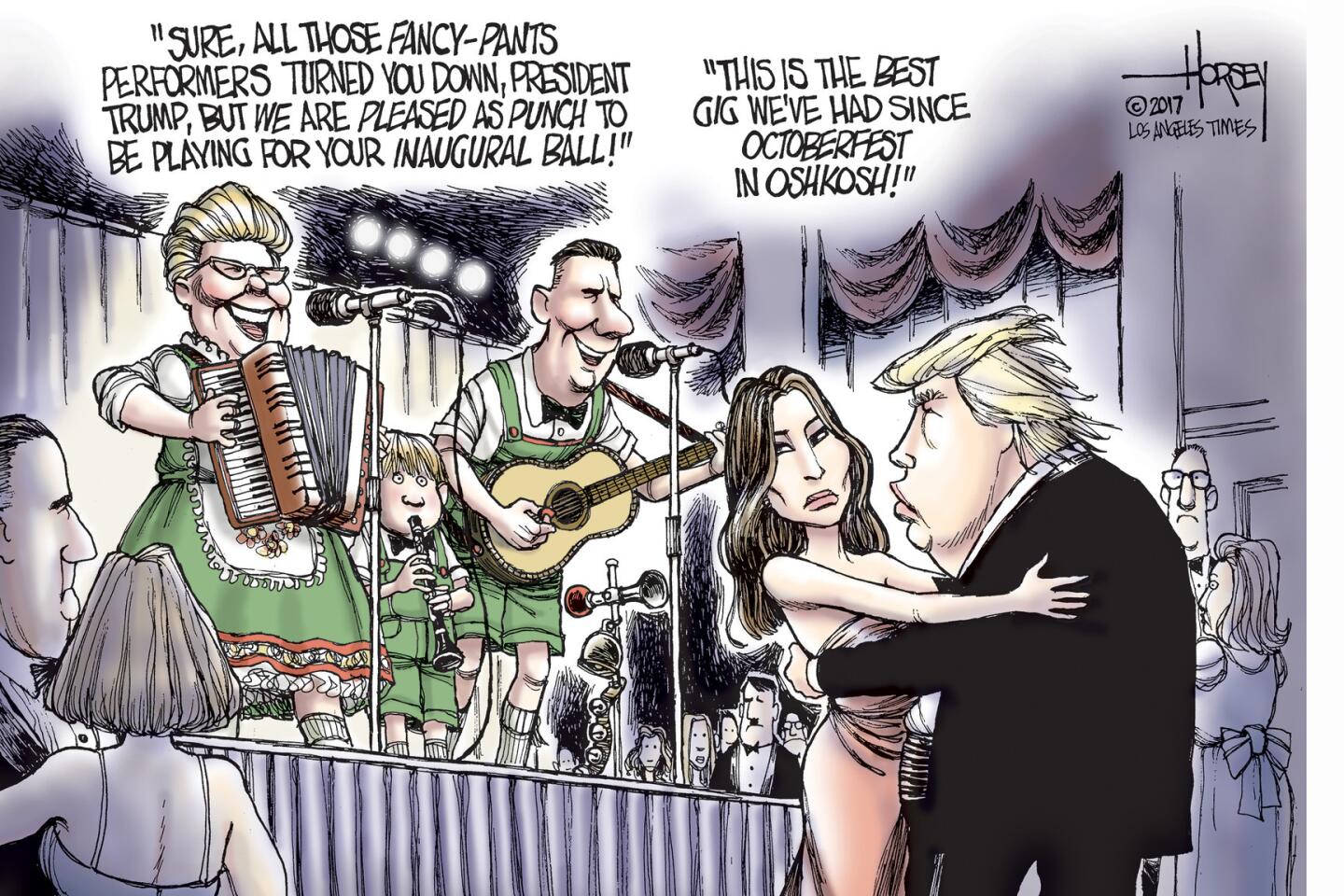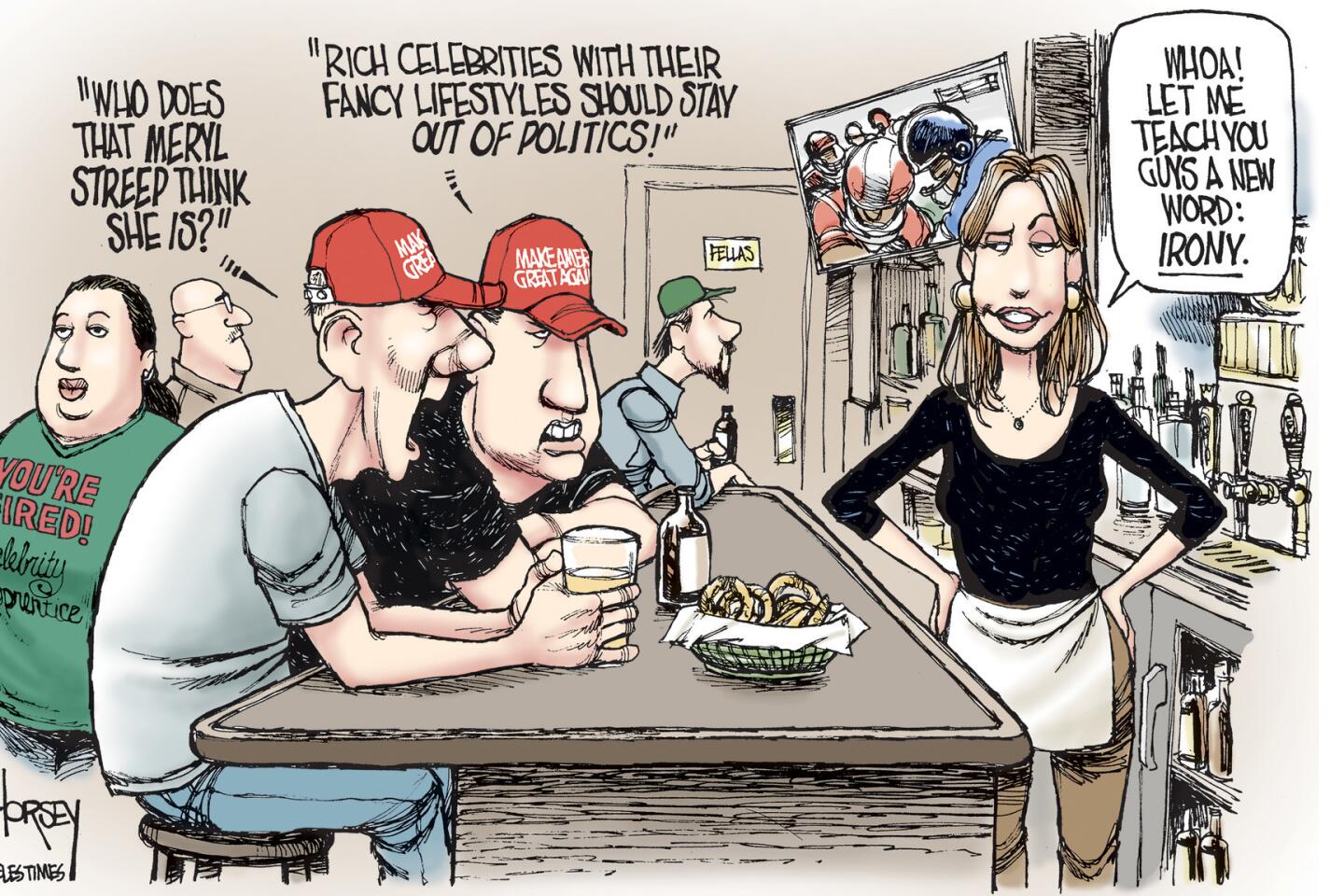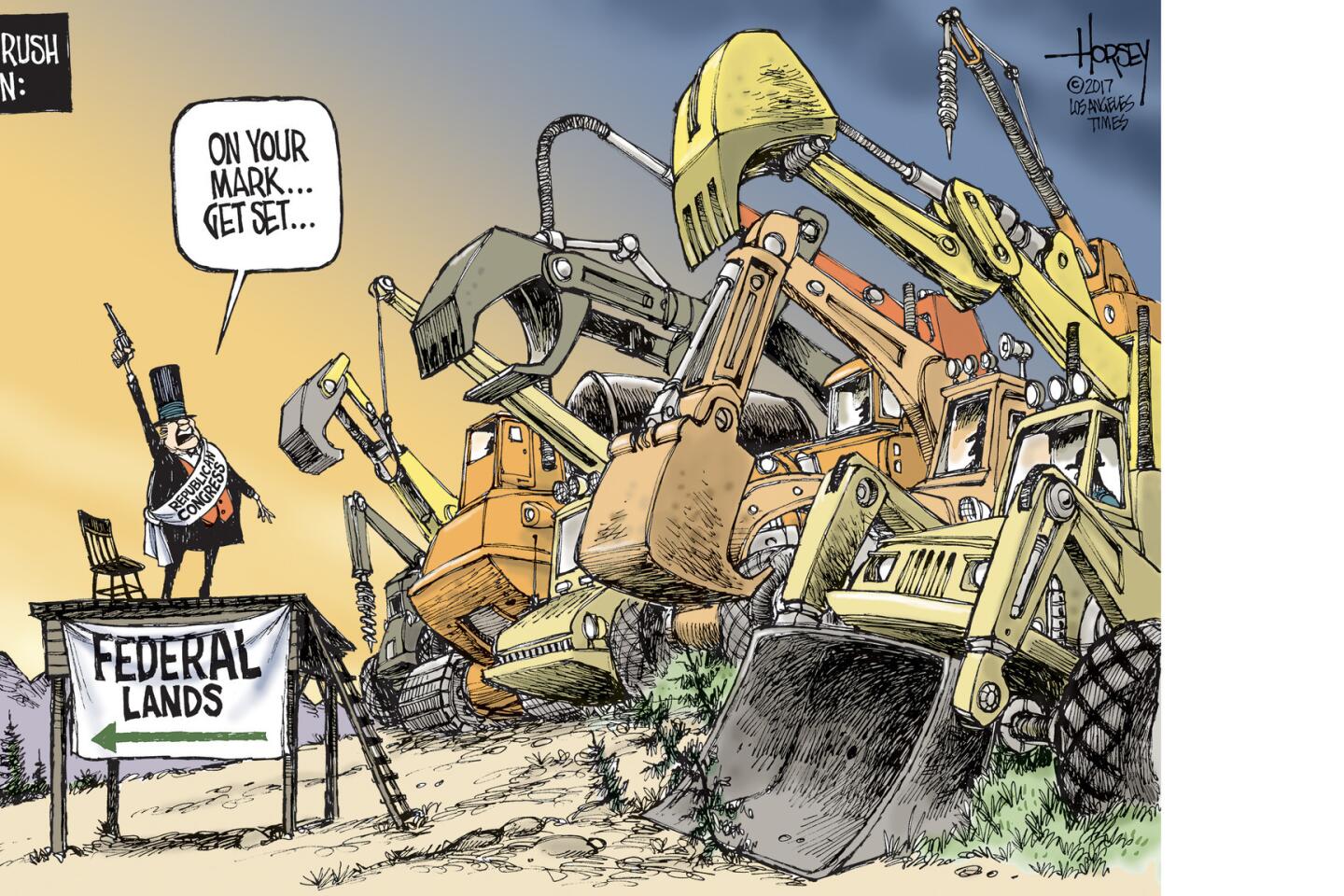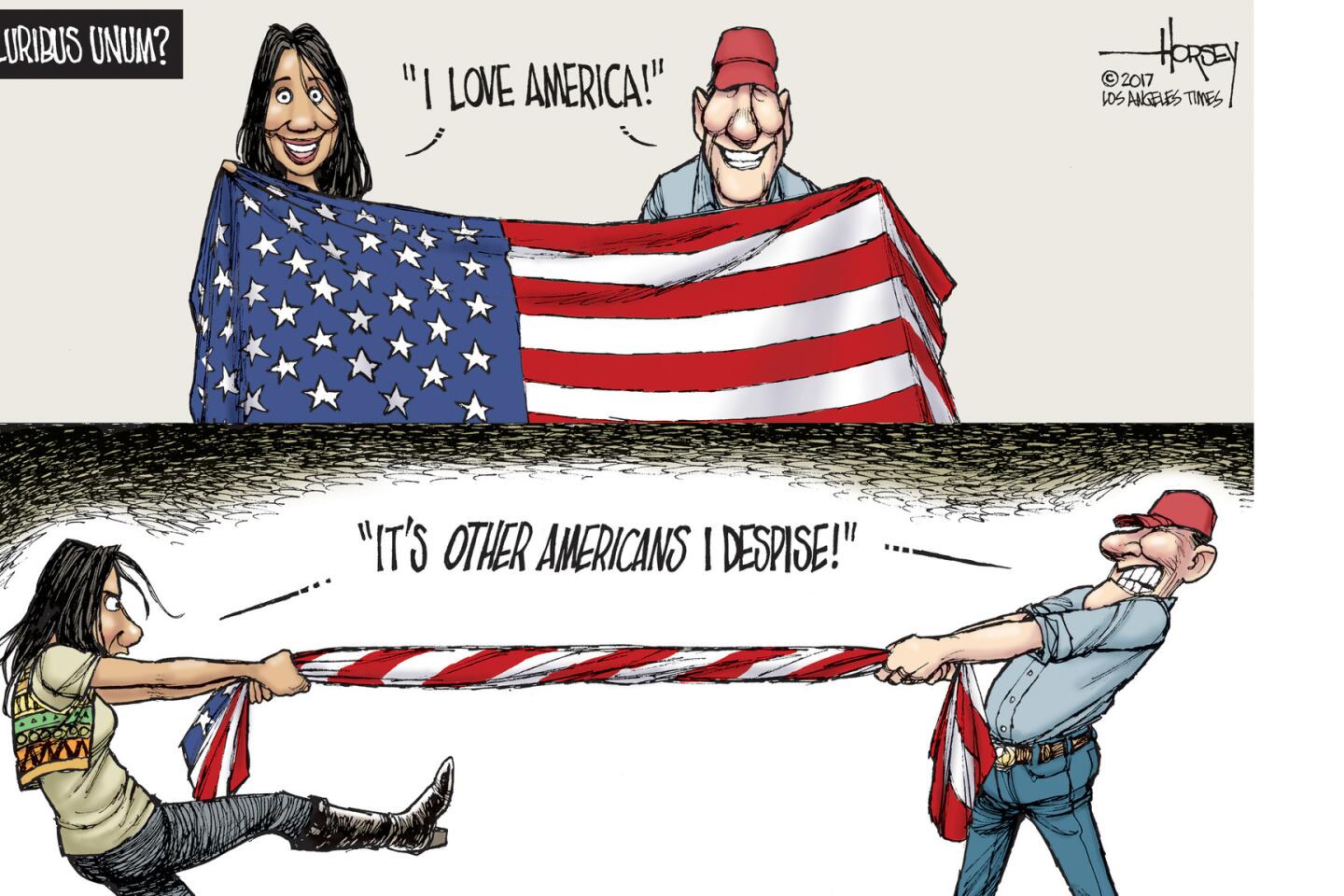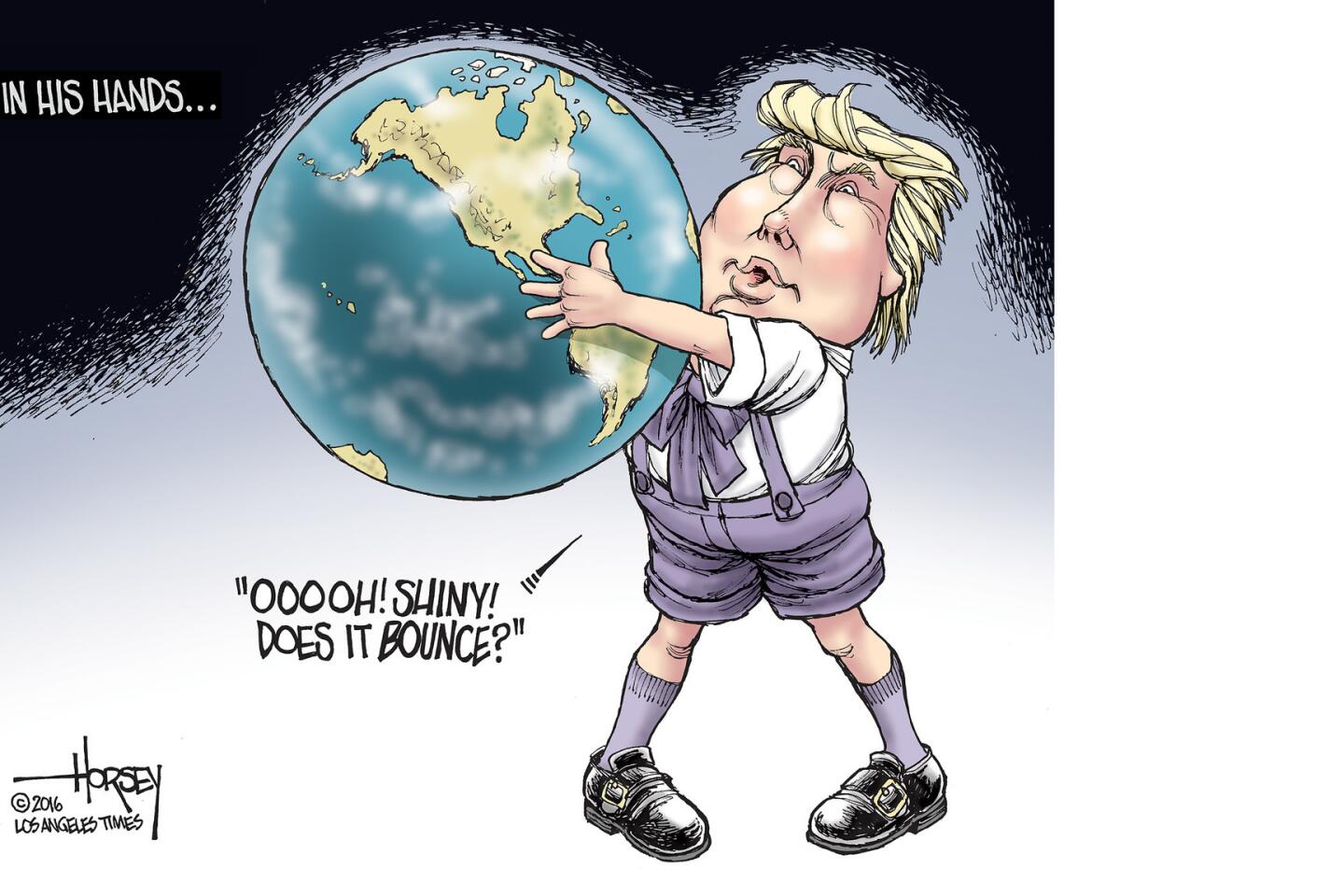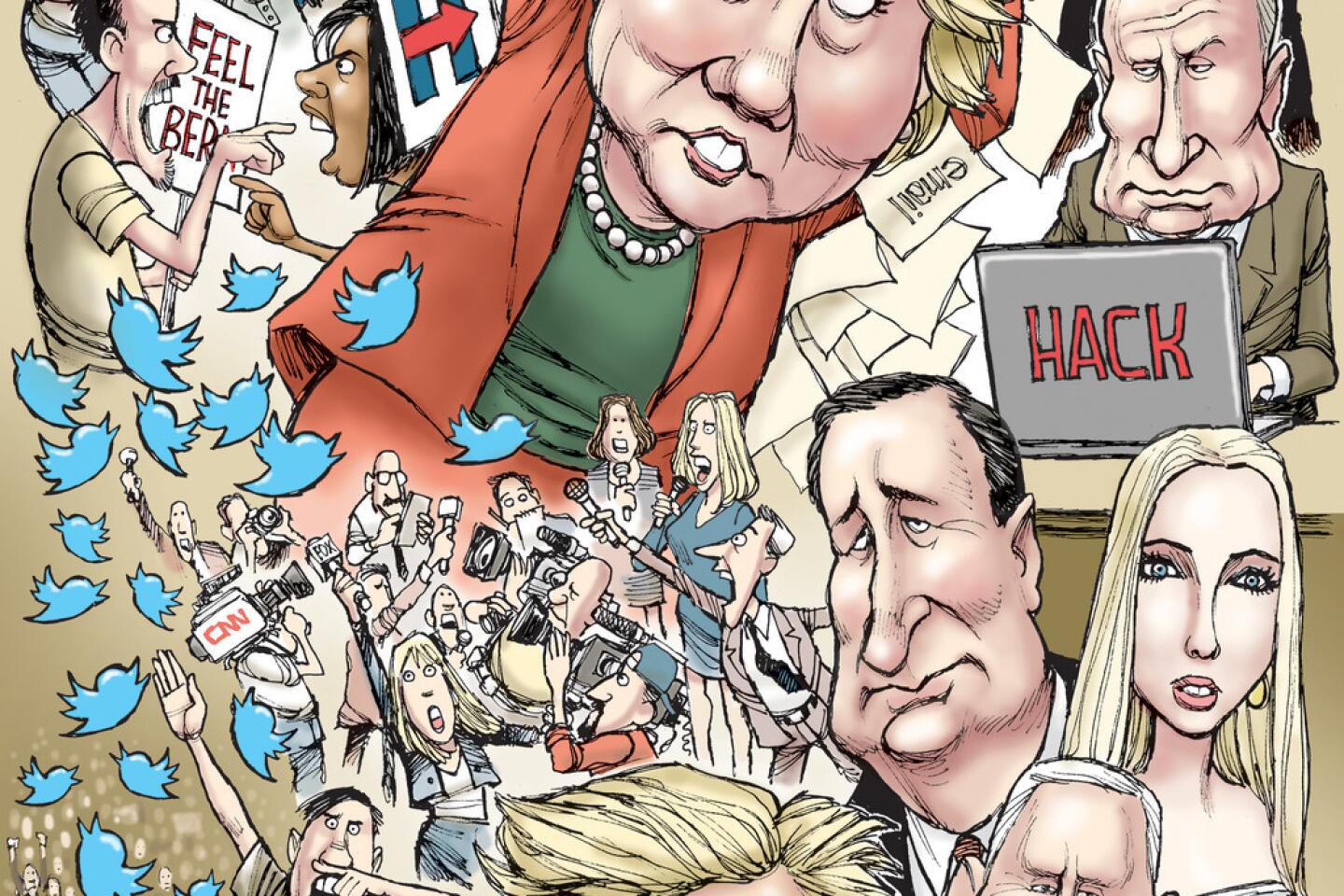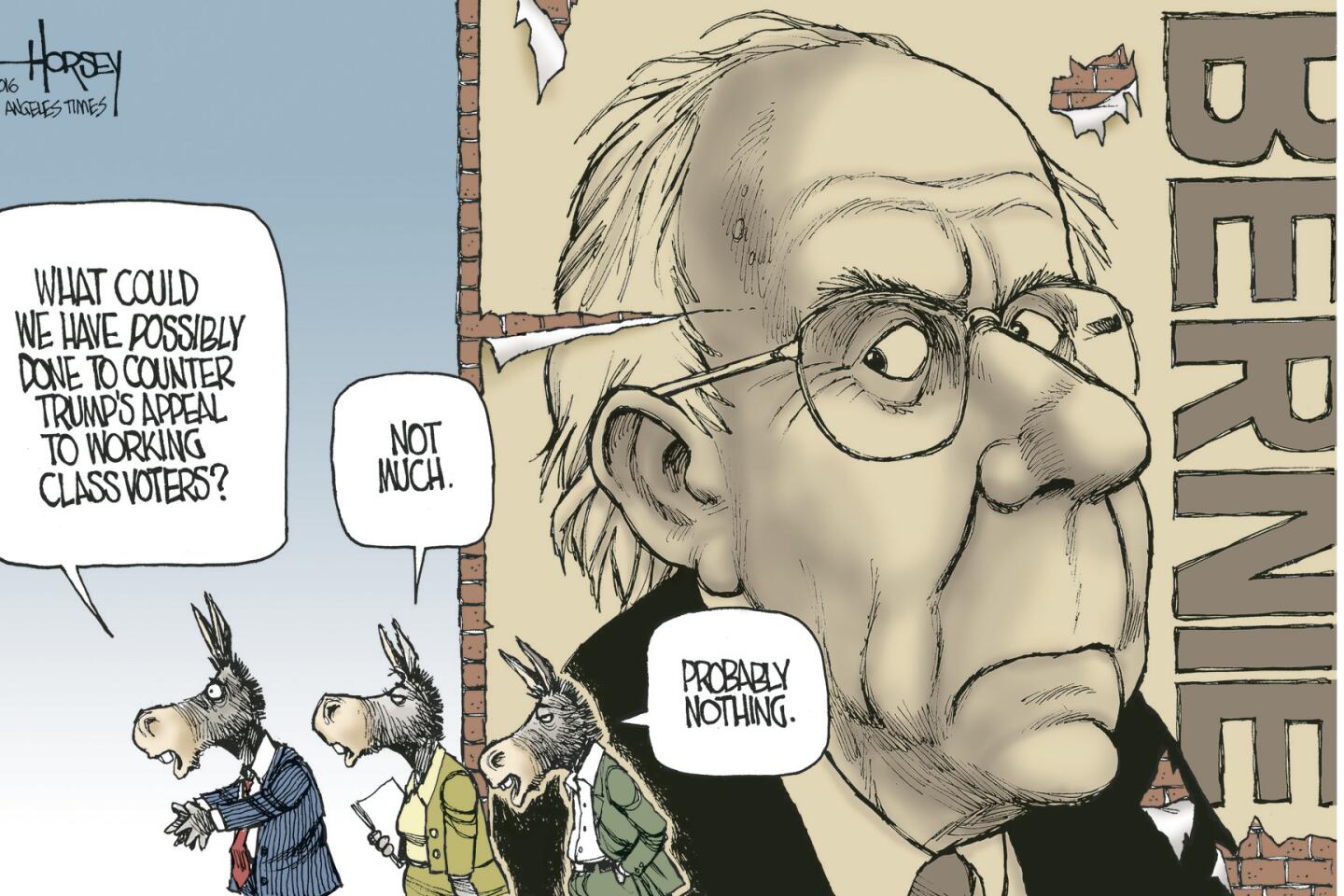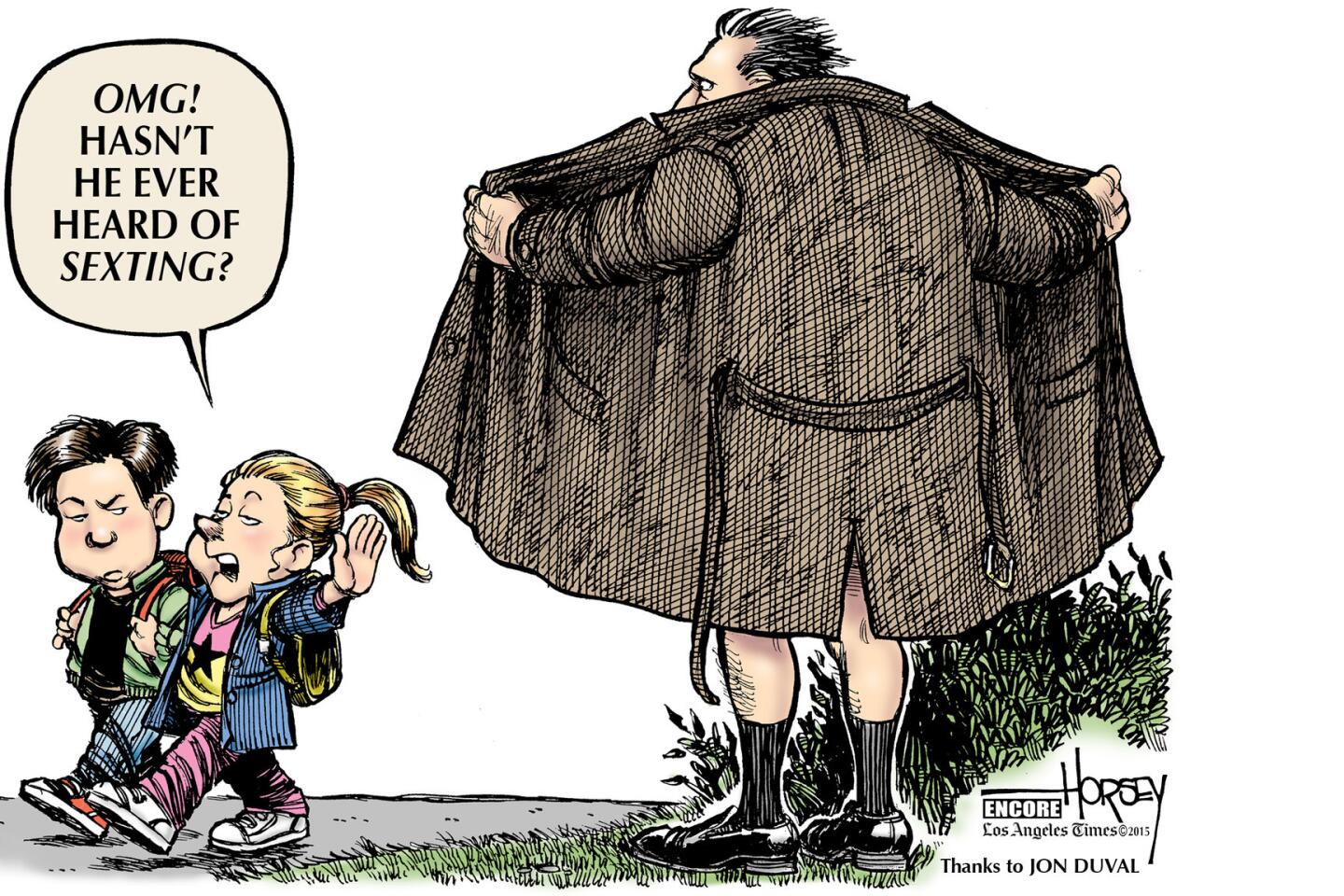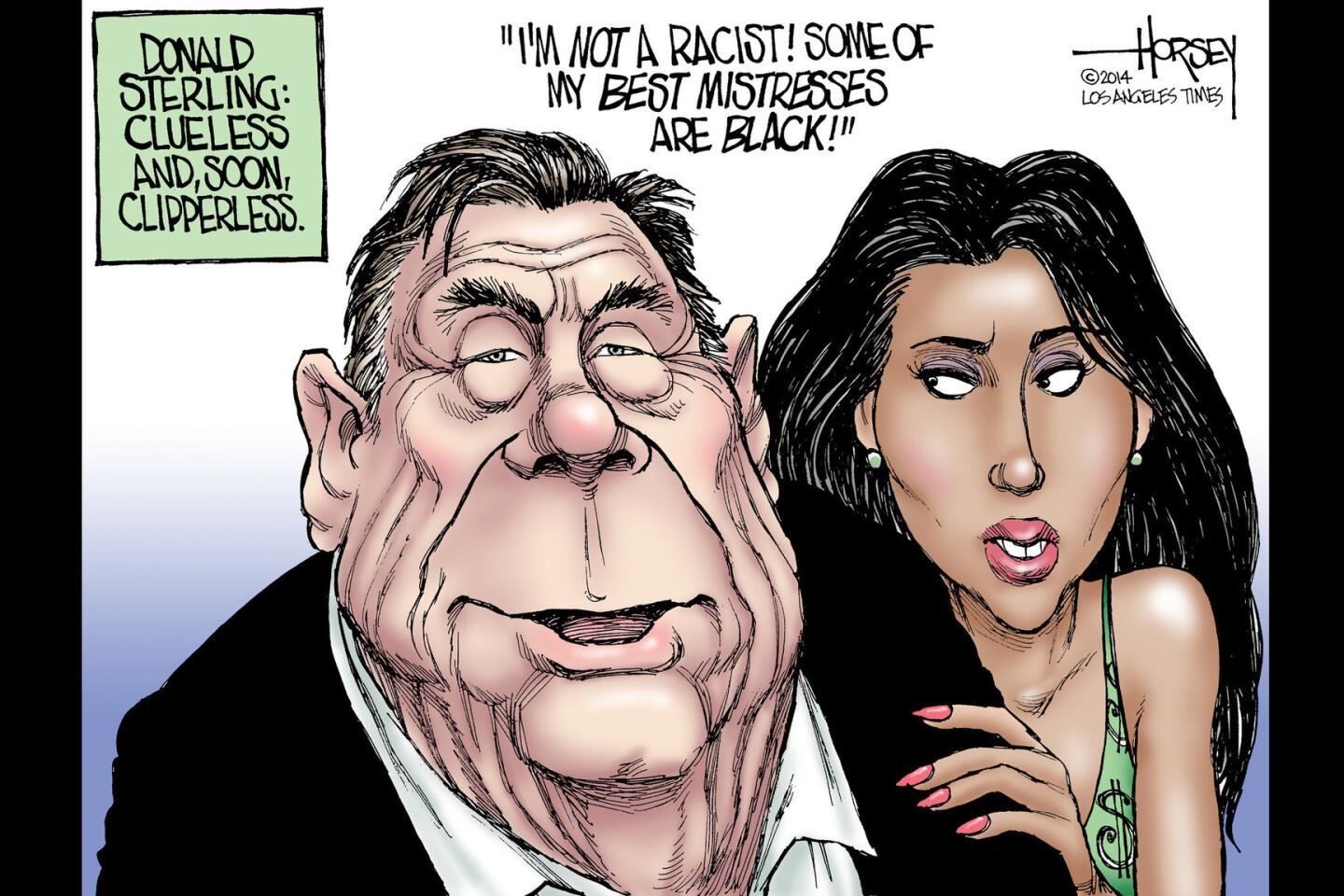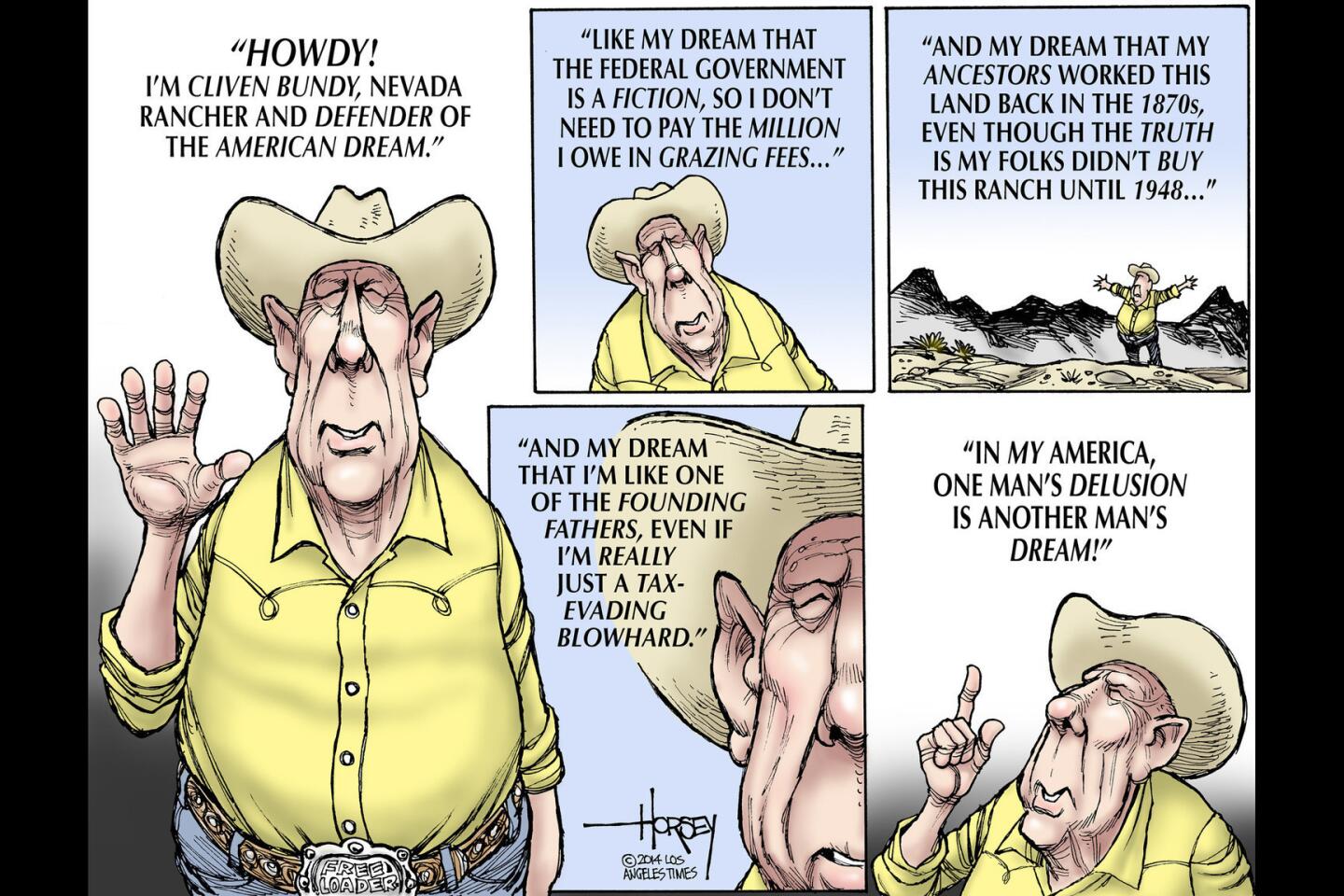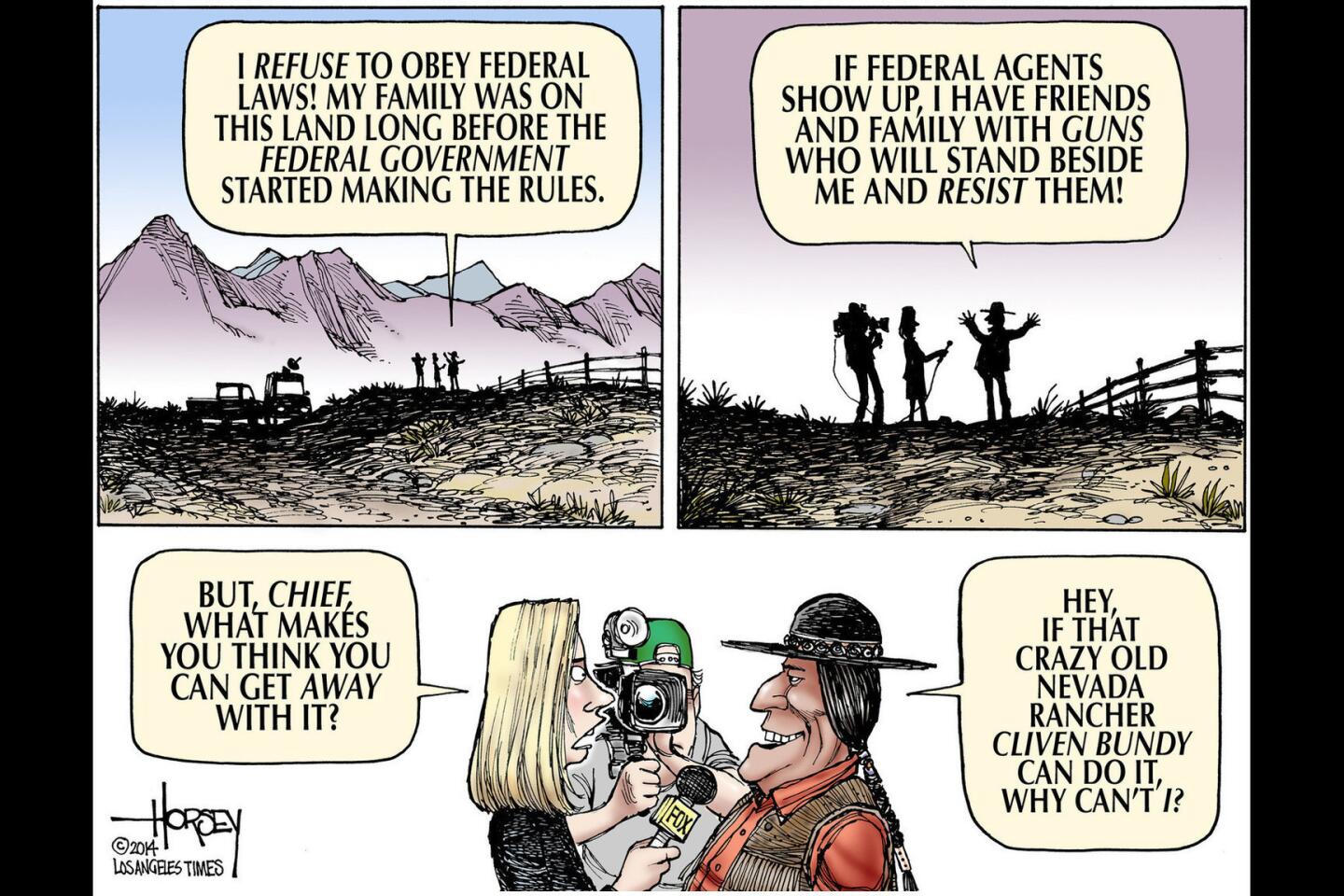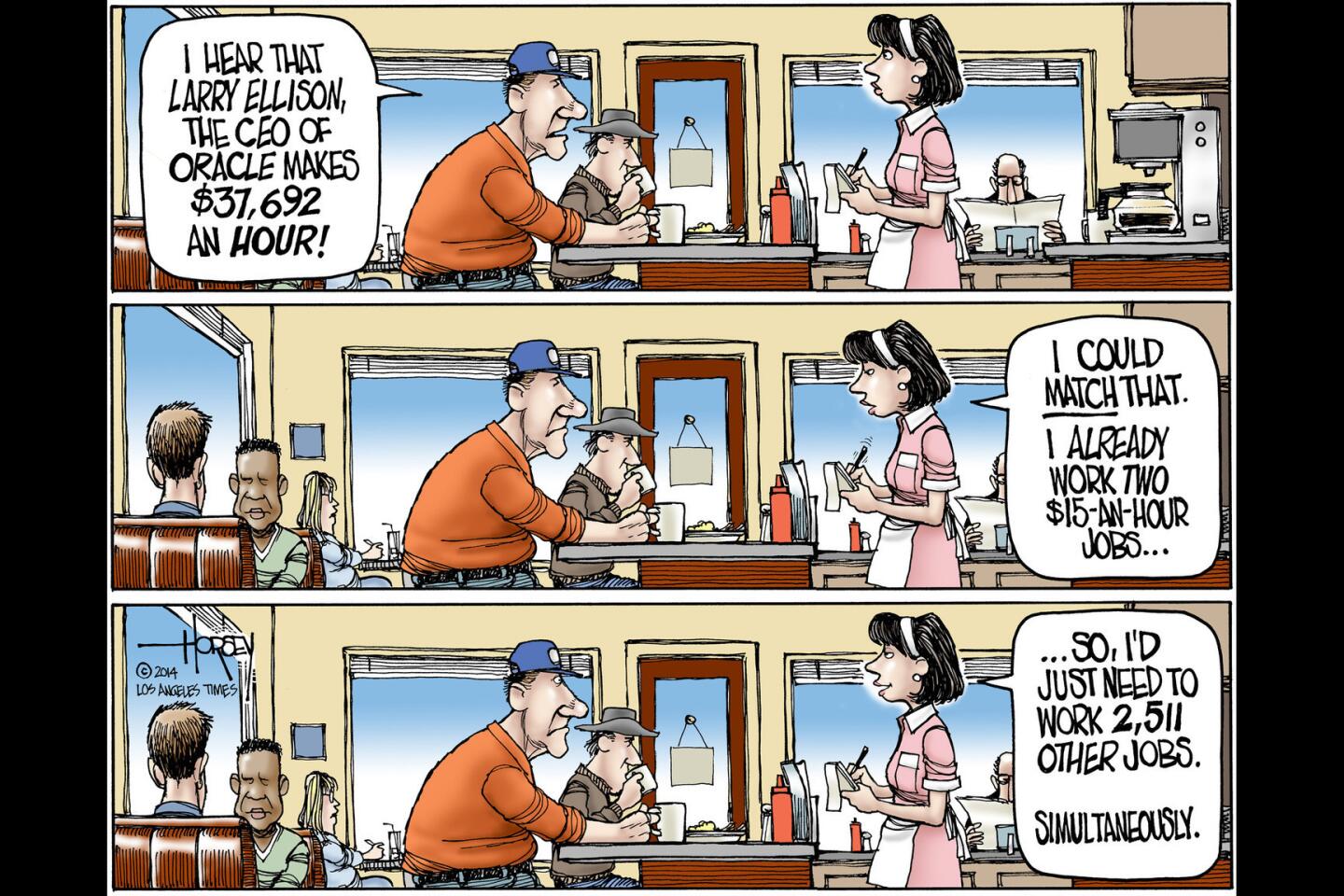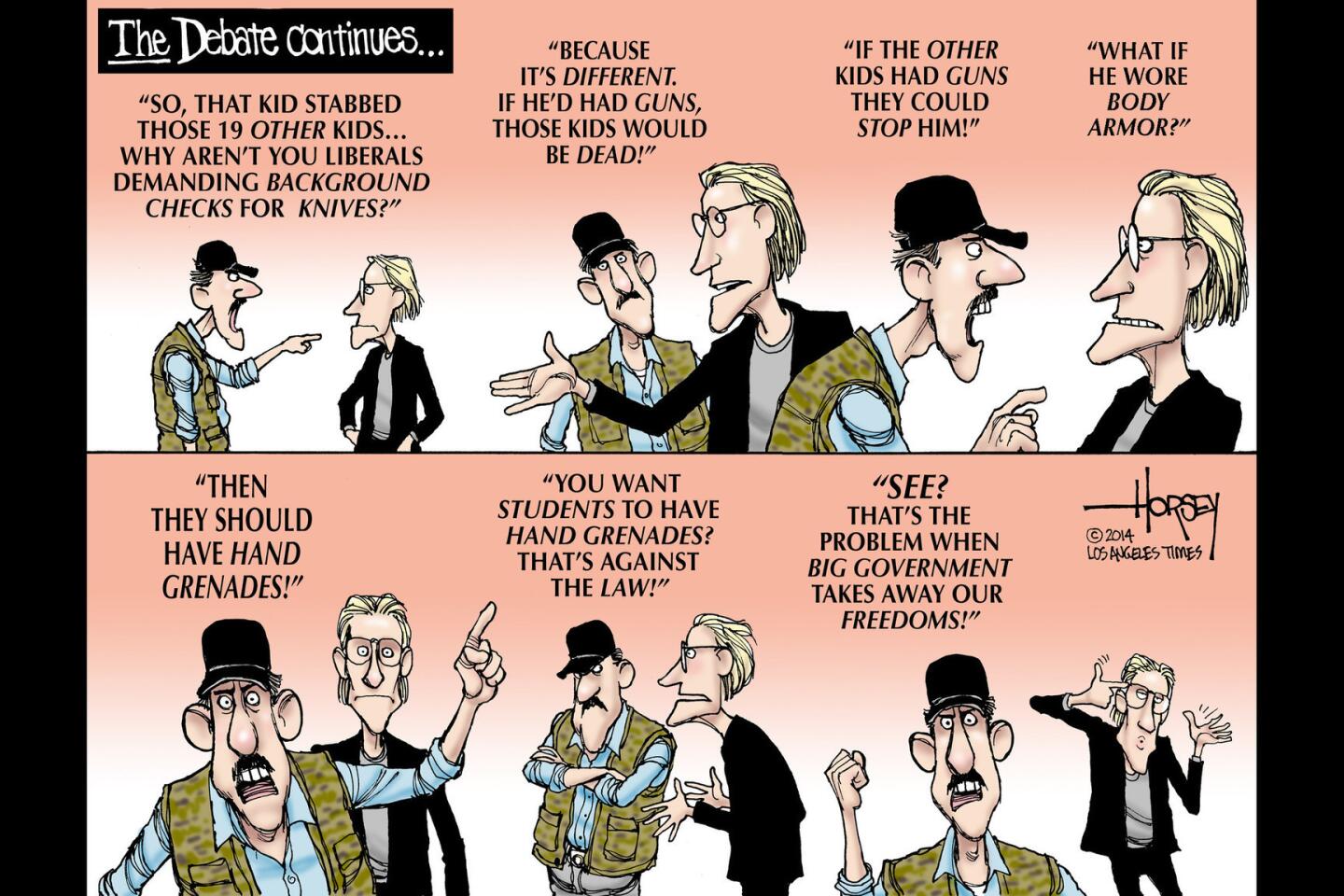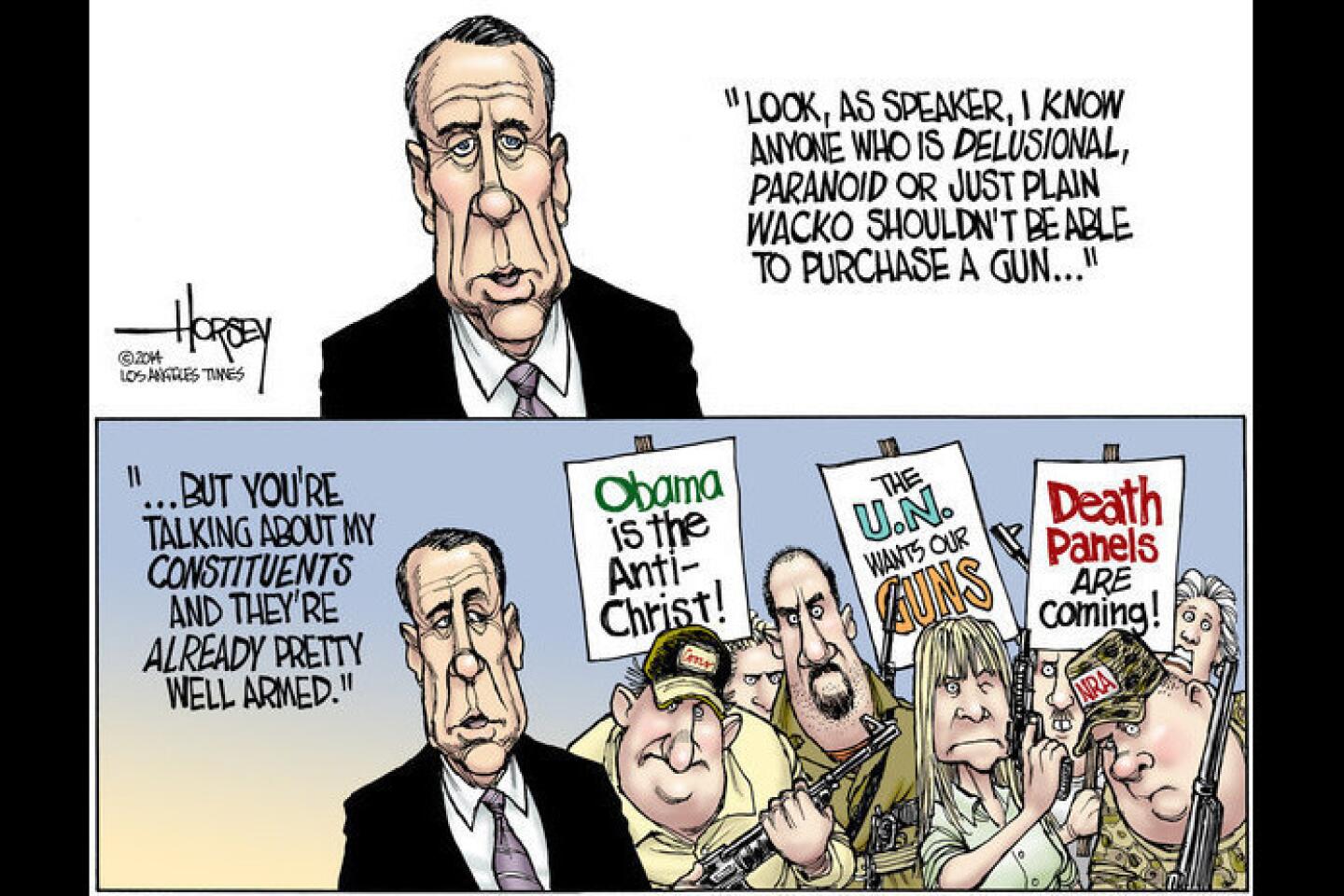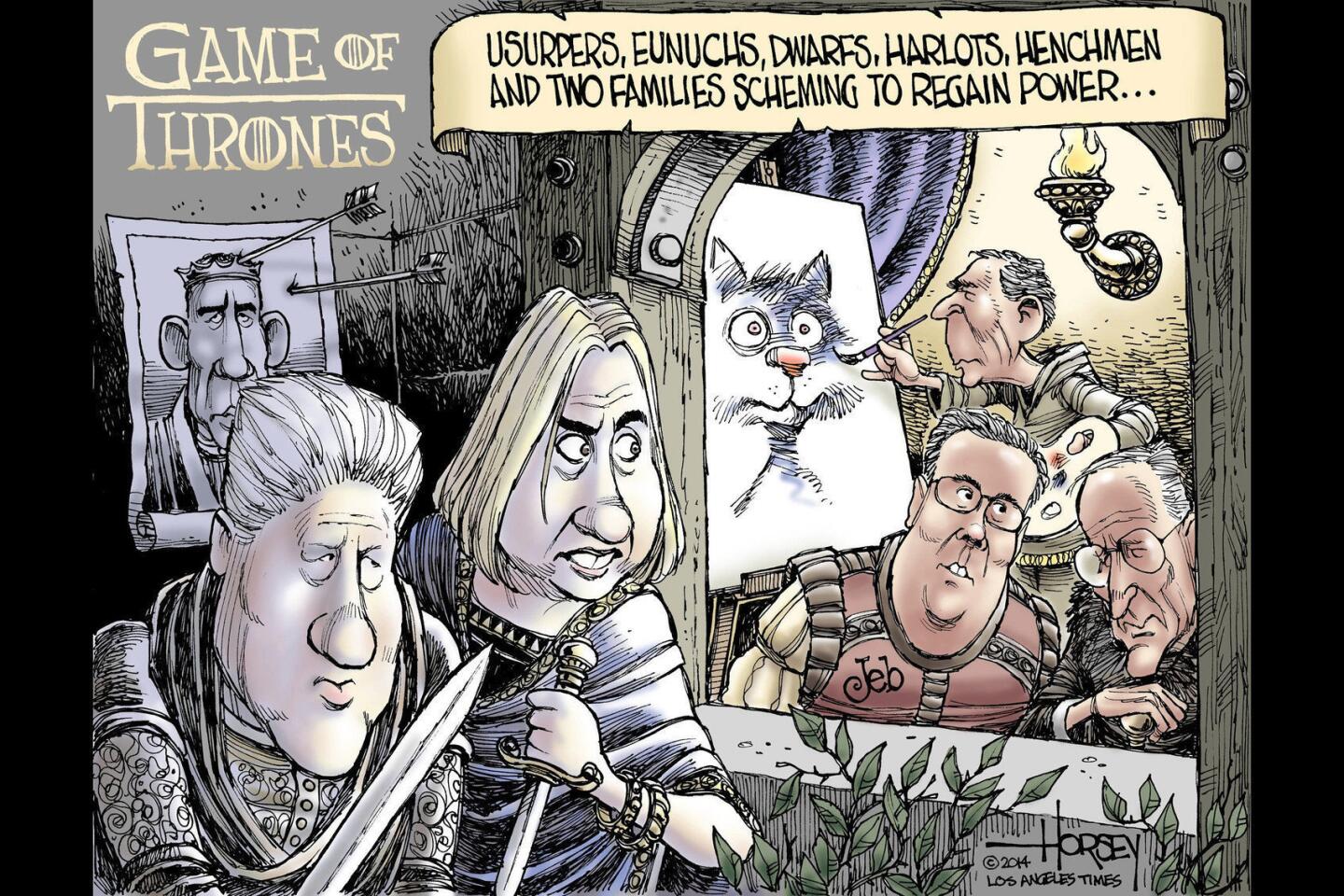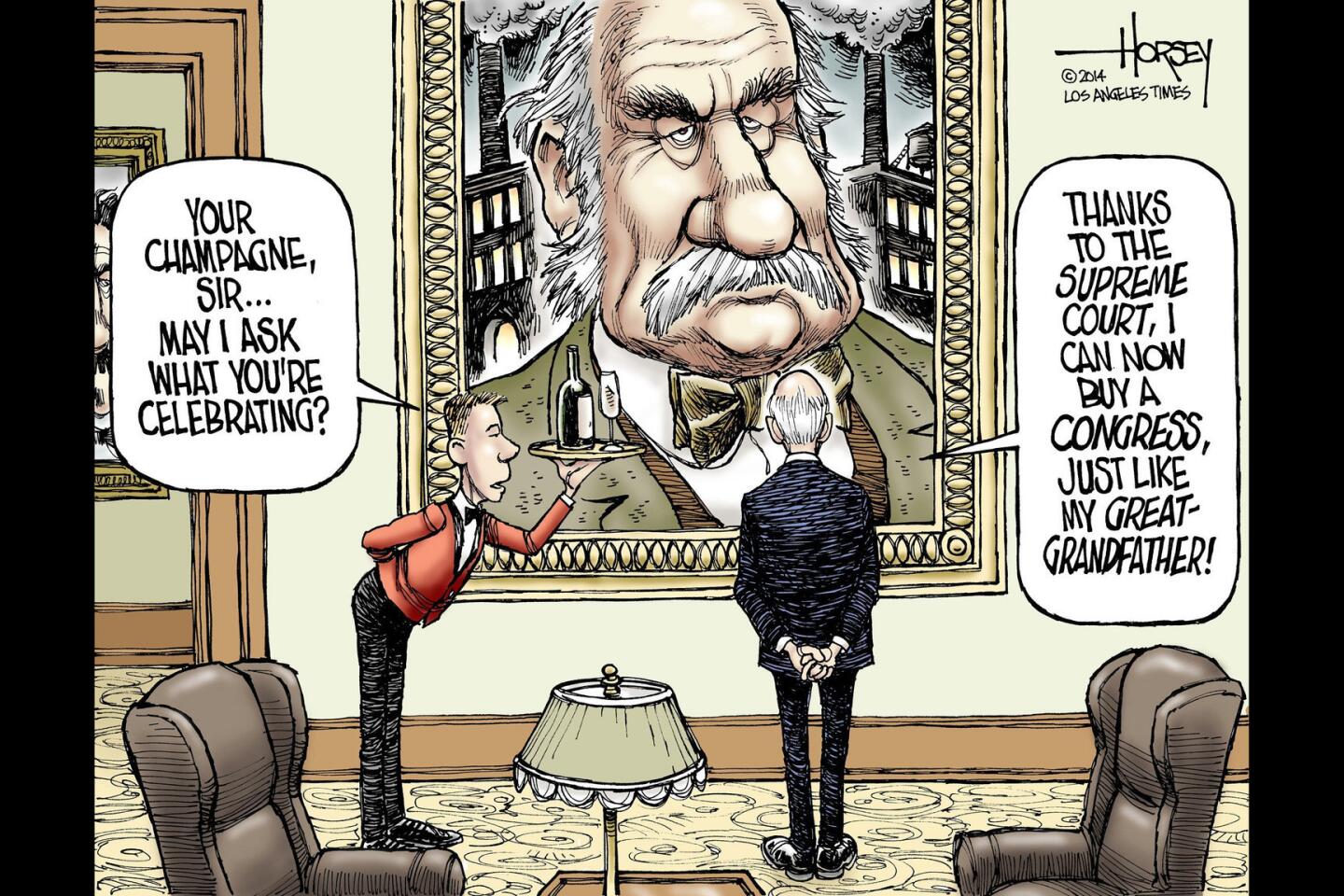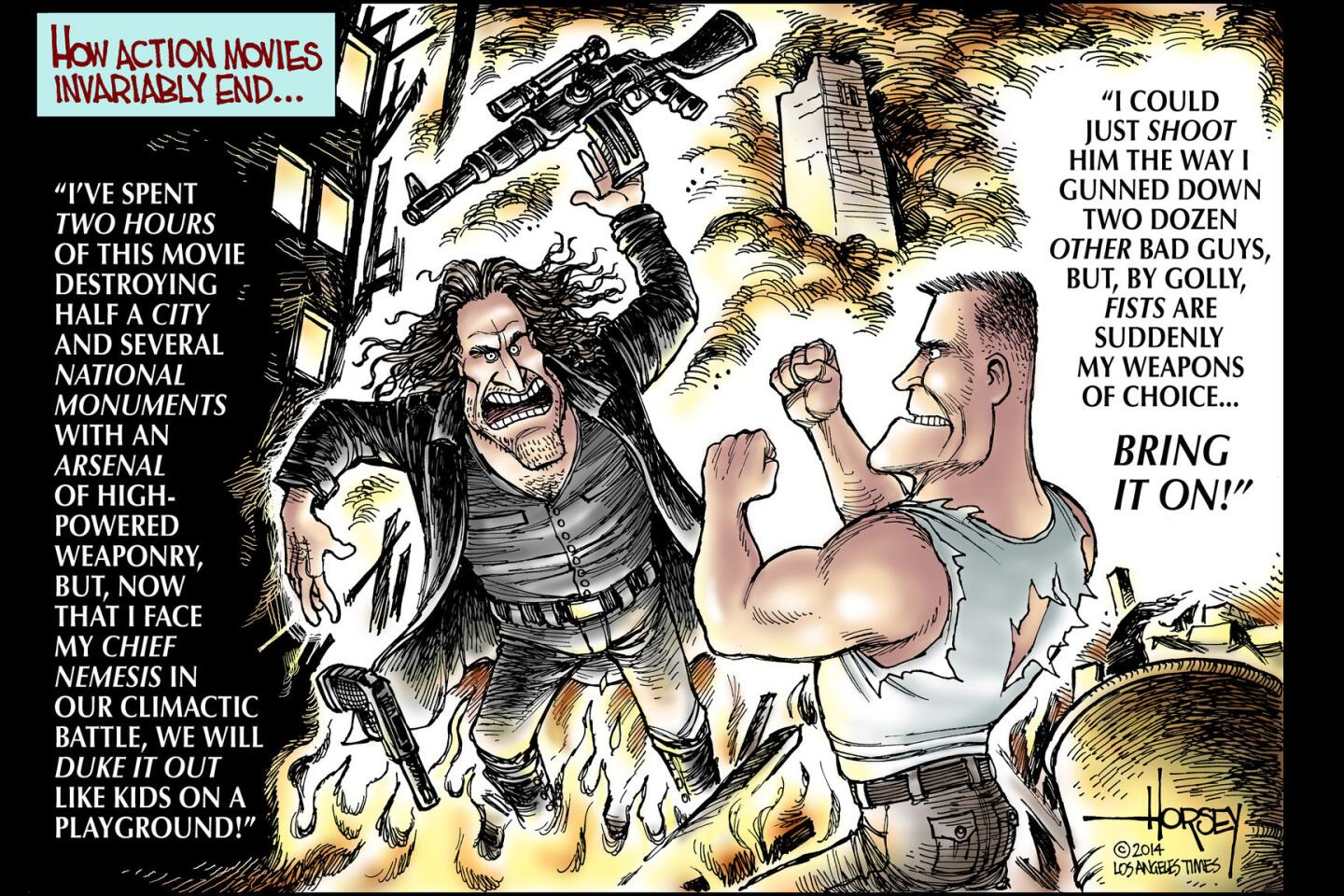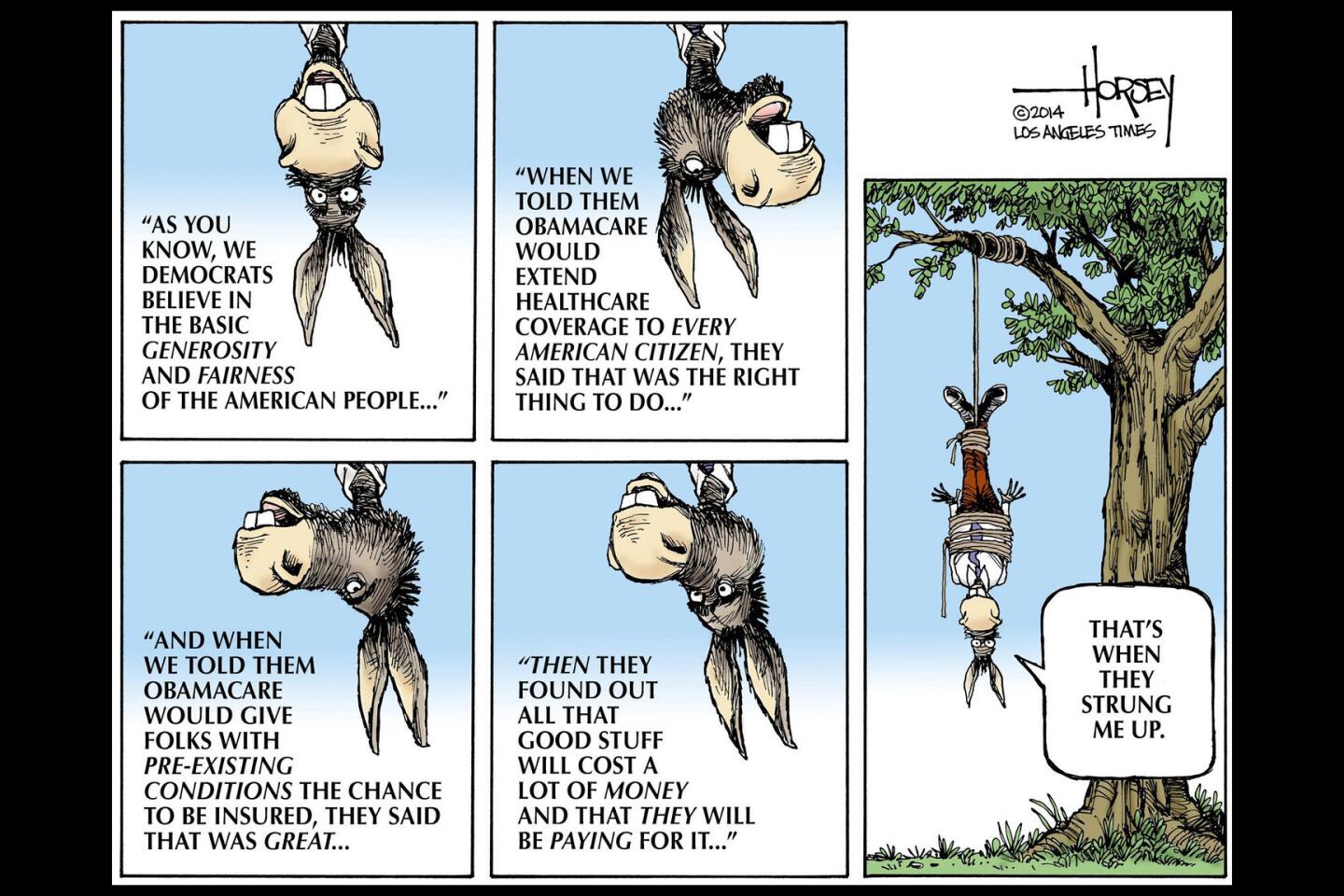Paranoid style in U.S. politics lives on in 2016 campaign
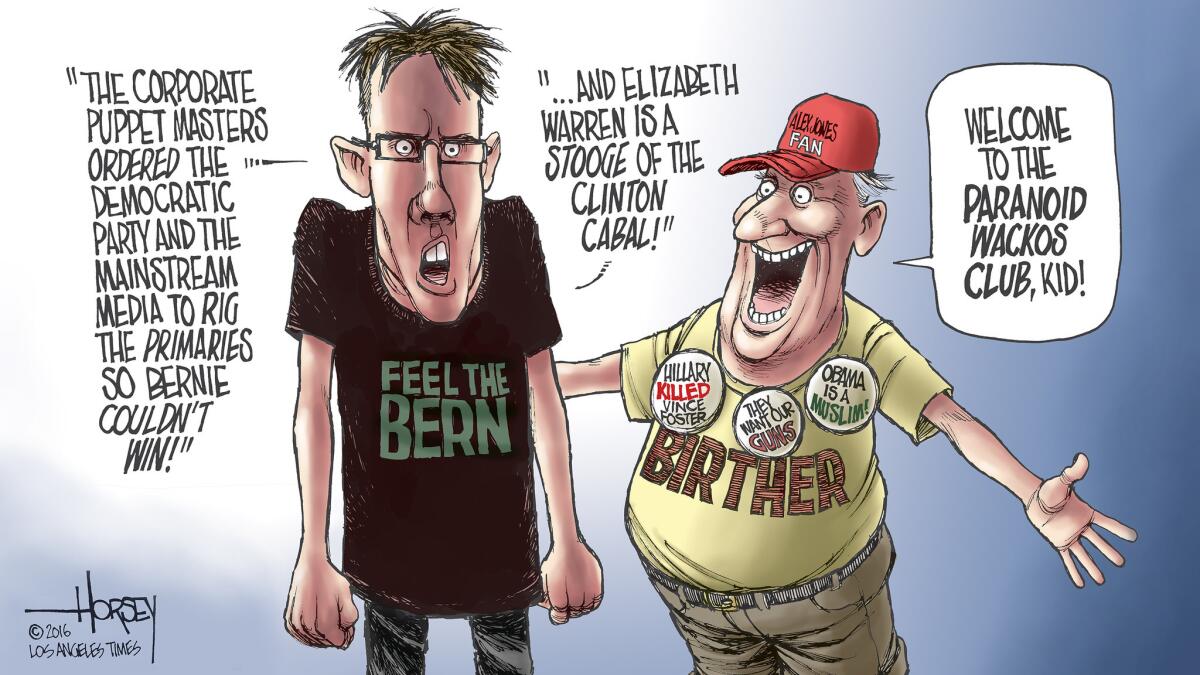
- Share via
A small but fervent cadre of Bernie Sanders partisans have convinced themselves that unnamed overlords in big corporations ordered their vassals in the Democratic Party and their minions in the corporate media to use every dastardly trick — from rigging voting machines to news blackouts — to snatch victory away from the senator from Vermont. They surely do not recognize it, but their paranoia is just the latest manifestation of a phenomenon that is as much a part of America’s political tradition as elephants, donkeys and red, white and blue balloons.
Back in the 1830s, here is what alarmed thousands of U.S. voters:
“It is an ascertained fact that Jesuits are prowling about all parts of the United States in every possible disguise, expressly to ascertain the advantageous situations and modes to disseminate Popery… [T]he western country swarms with them under the name of puppet show men, dancing masters, music teachers, peddlers of images and ornaments, barrel organ players, and similar practitioners.”
Those overwrought words were penned by a militant Protestant who was not at all alone in his conviction that there was a vast international plot being directed by the pope and Catholic monarchs in Europe to subvert and overthrow American democracy. Lack of actual evidence for this conspiracy did not keep the anti-Catholic paranoia from spreading throughout the 19th century.
Earlier generations of Americans were quite worked up about alleged conspiracies concocted by the mysterious Illuminati and the secretive Masons, with one frantic writer declaring that Freemasonry was “the most abominable but also the most dangerous institution that ever was imposed on man.”
In the 20th century, paranoia about Communists worming their way into the highest reaches of government overtook all other fears, culminating in the excesses of Sen. Joe McCarthy’s witch hunts. In the fantasies of McCarthy and in the elaborate conspiracy theories promulgated by the John Birch Society, pretty much everyone in charge of the U.S. government in the 1950s was a Communist or Communist sympathizer. The list of supposed traitors included President Dwight D. Eisenhower, who was “a dedicated, conscious agent of the Communist conspiracy,” according to Robert Welch, leader of the Birchers.
All of these examples of American political paranoia are taken from historian Richard Hofstadter’s hugely influential Harper’s magazine essay, “The Paranoid Style in American Politics.” The piece gained a wide audience in no small part because it was published in 1964, the tumultuous political year when right-wing insurgents took over the Republican Party and nominated Arizona Sen. Barry Goldwater for president. Now, 52 years later in the context of the current outlandish presidential campaign, Hofstadter’s observations continue to resonate.
“American politics has often been an arena for angry minds,” Hofstadter wrote in his opening paragraph. “In recent years we have seen angry minds at work mainly among extreme right-wingers, who have now demonstrated in the Goldwater movement how much political leverage can be got out of the animosities and passions of a small minority. But behind this I believe there is a style of mind that is far from new and that is not necessarily right-wing. I call it the paranoid style simply because no other word adequately evokes the sense of heated exaggeration, suspiciousness, and conspiratorial fantasy that I have in mind.”
Donald Trump, the Republican Party’s unexpected, outré standard bearer, seems to have never seen a conspiracy theory he did not want to retweet, but his is far from being the only paranoid mind at work on the right. The paranoid style has been in high gear throughout President Obama’s years in the White House. The “birthers” (who Trump eagerly championed) said the president was not born in the U.S. The Tea Party said his healthcare plan would lead to “death panels.” Right-wing preachers intimated that he might well be the Antichrist. Reactionaries on talk radio said he had plans to confiscate everyone’s guns and lock up conservatives in concentration camps. Internet sites described the first black president as a Muslim who was secretly in league with terrorists.
Now that Hillary Clinton has captured the Democratic nomination for president, her conservative enemies are dredging up 25-year-old conspiracy memes, from the “murder” of Vince Foster to Whitewater. The talk on the left is equally intense with Clinton castigated as an utterly cynical and mendacious tool of corporate interests who will rush the country into the next unjustified war. And, to attain power, conspiracists in the progressive camp say, Hillary and her confederates in the Democratic Party and the media stopped at nothing to steal the nomination from Bernie.
In the paranoid mind, events cannot be explained simply as the messy product of human folly and mundane incompetence. That the final vote tally for the California primary, for example, has yet to be accomplished cannot be attributed merely to understaffing at polling stations, the complexity of voter registration categories or the cumbersome process of counting mail-in and provisional ballots. No, it must be something more nefarious, more organized, more ominous; an elaborate plot orchestrated at the highest levels to steal an election from the people.
The paranoid mind needs to believe in apocalyptic struggles against insidiously clever powers. It needs to find patterns and connections in disconnected facts, even if those patterns are an illusion. And the one thing the paranoid mind can never recognize is how ridiculous are its manifestations.
Follow me at @davidhorsey on Twitter
A cure for the common opinion
Get thought-provoking perspectives with our weekly newsletter.
You may occasionally receive promotional content from the Los Angeles Times.
